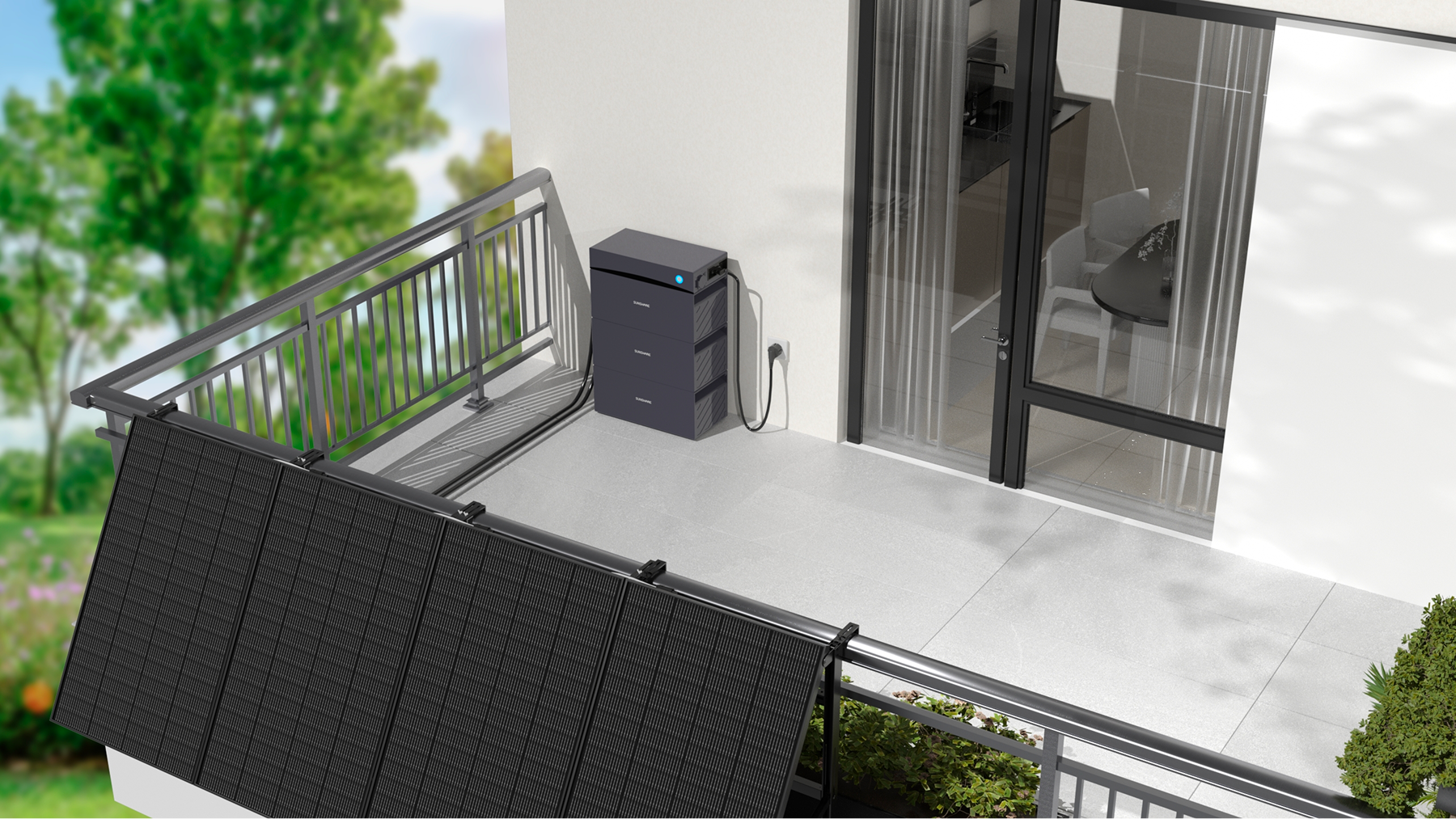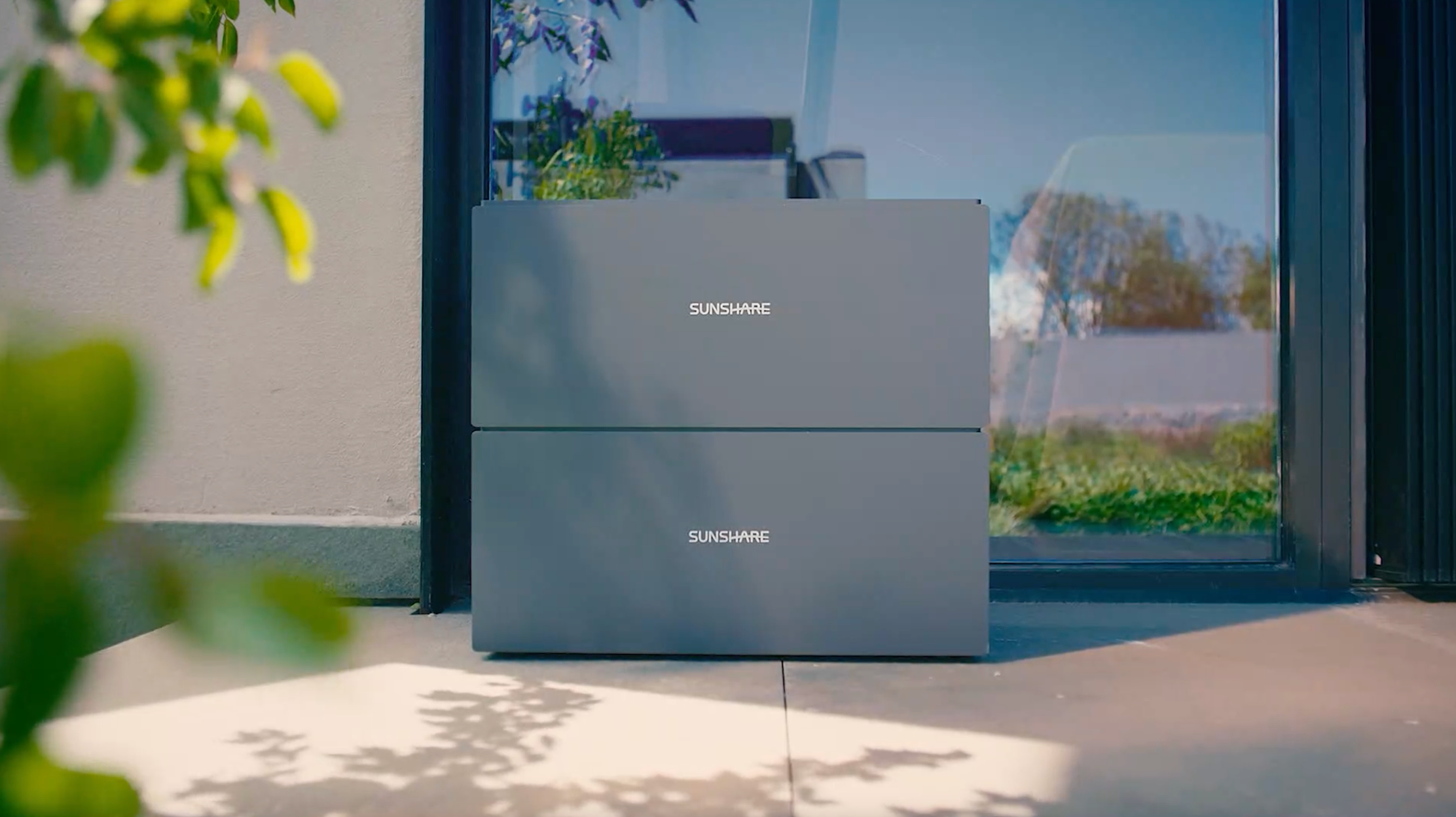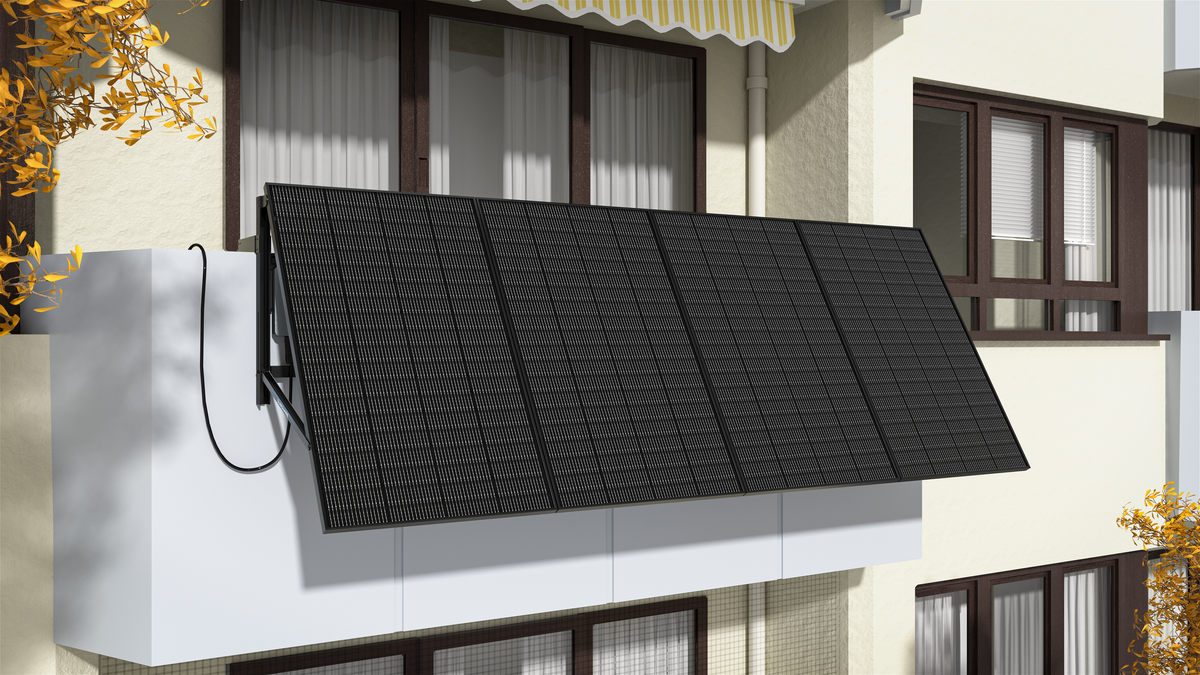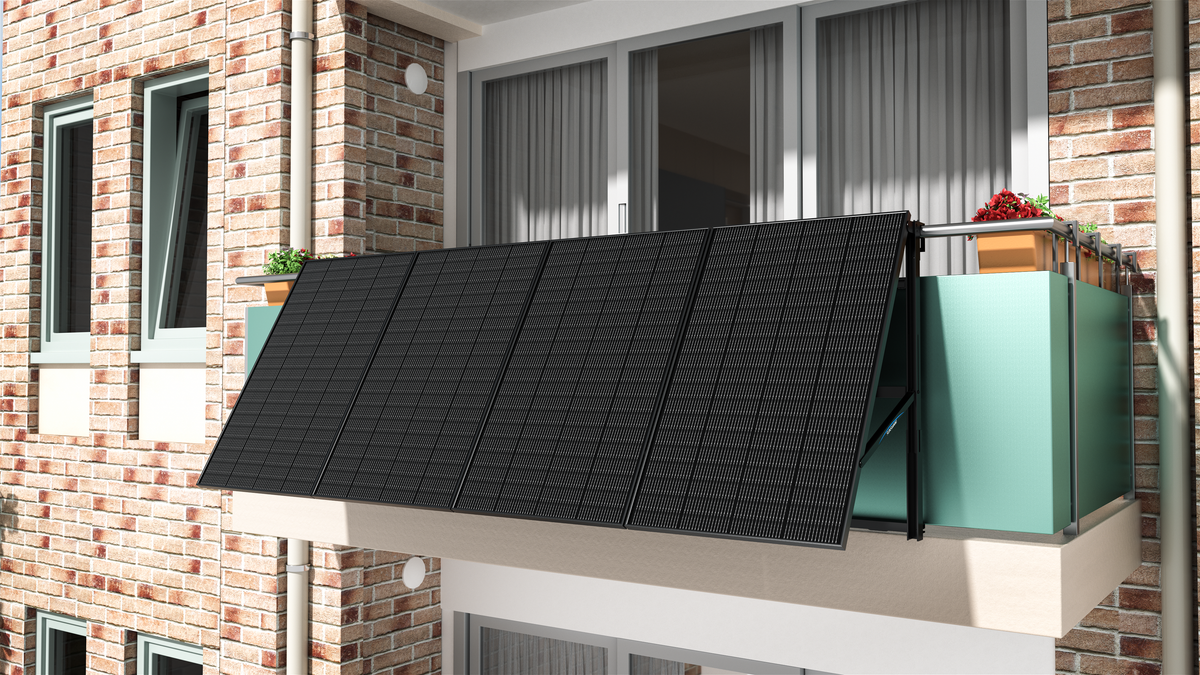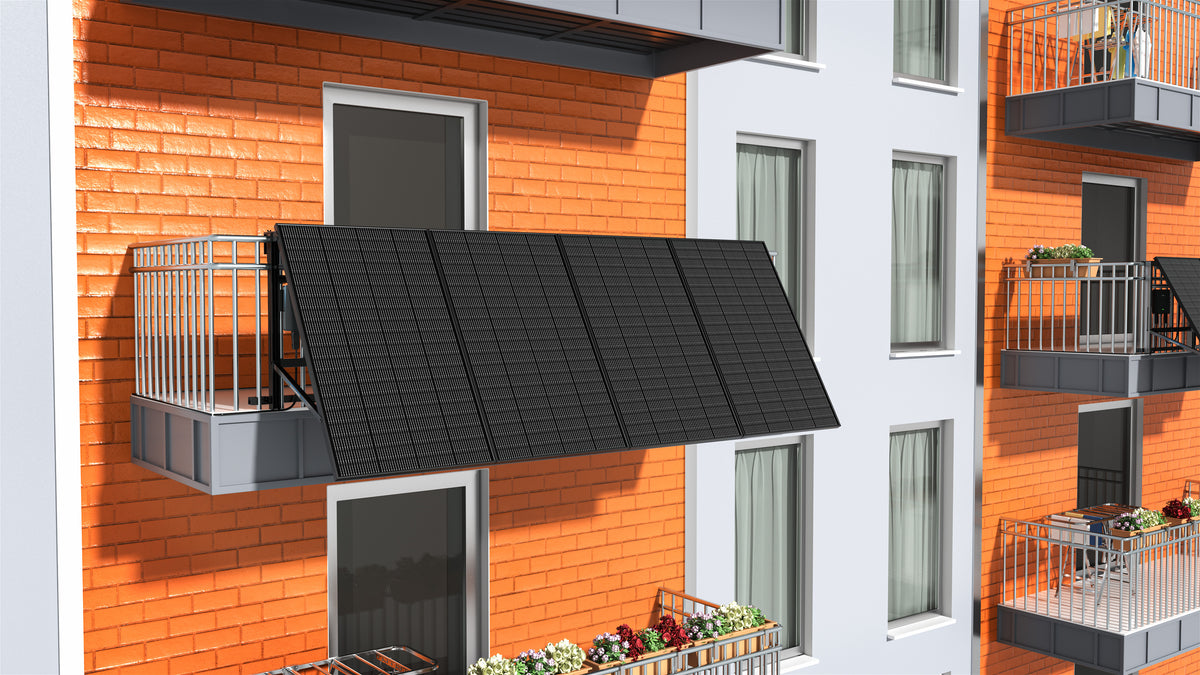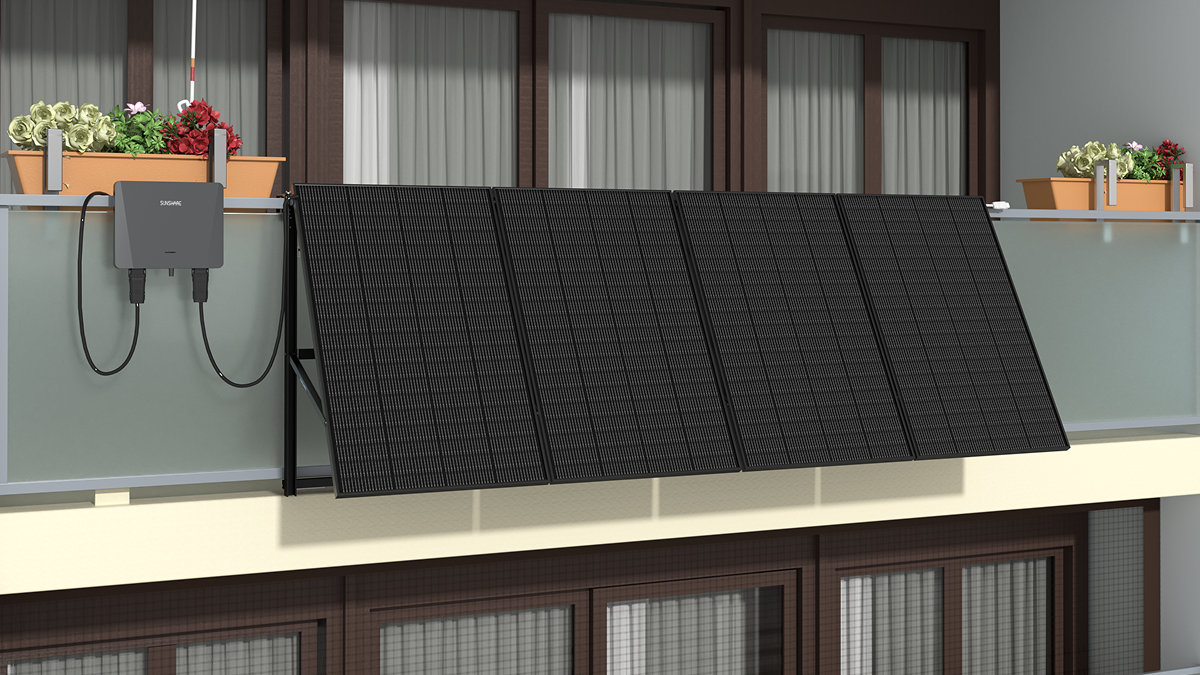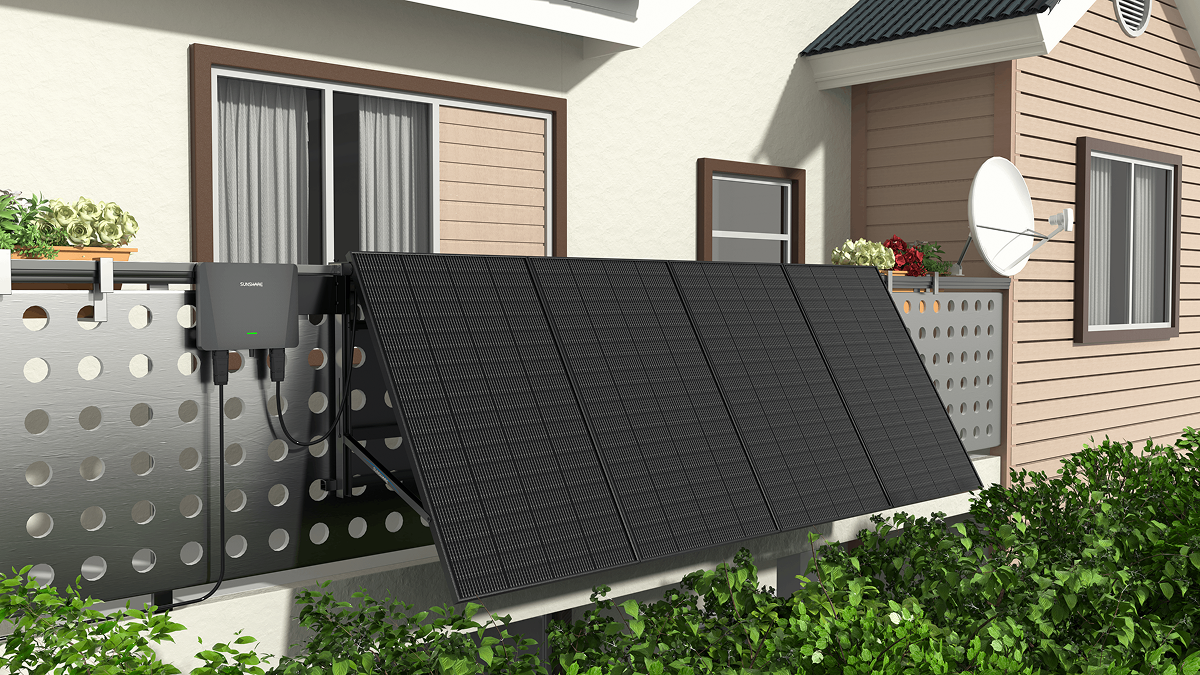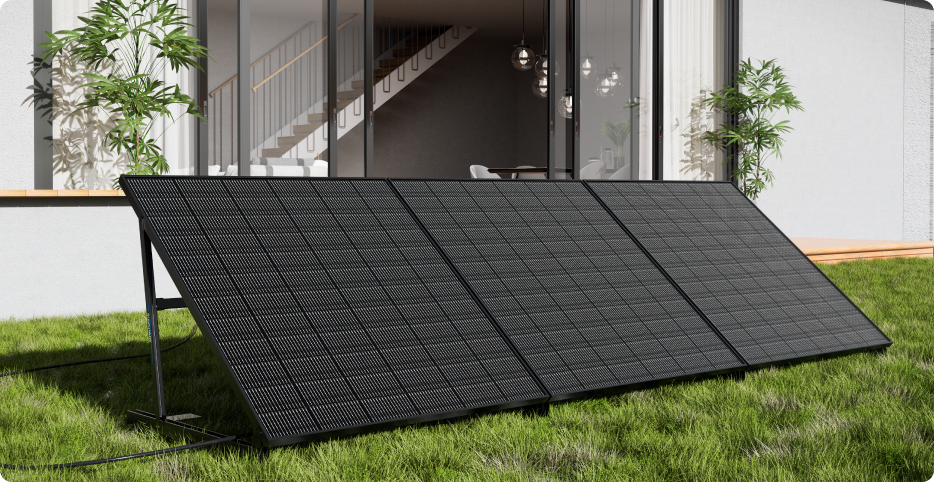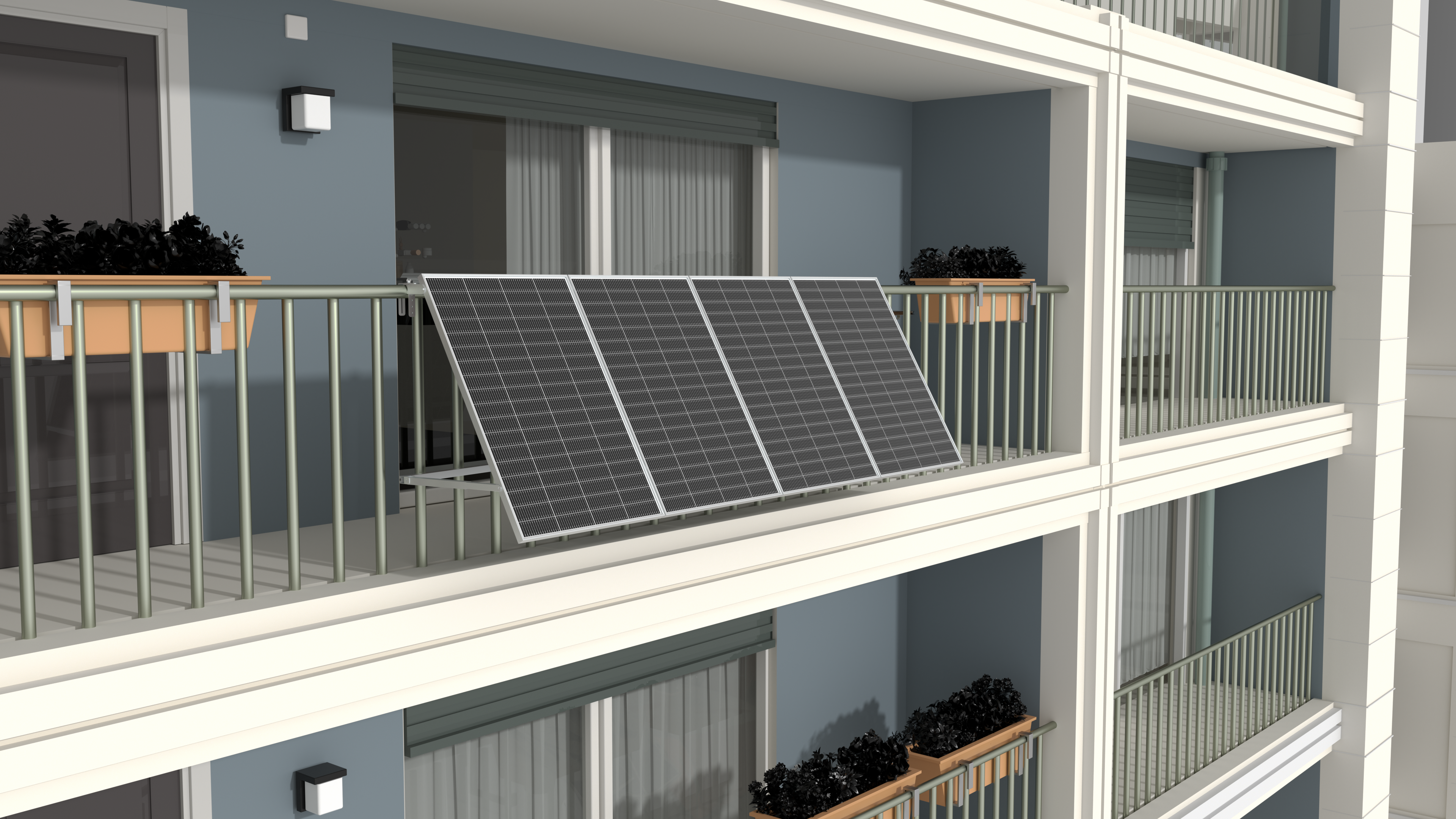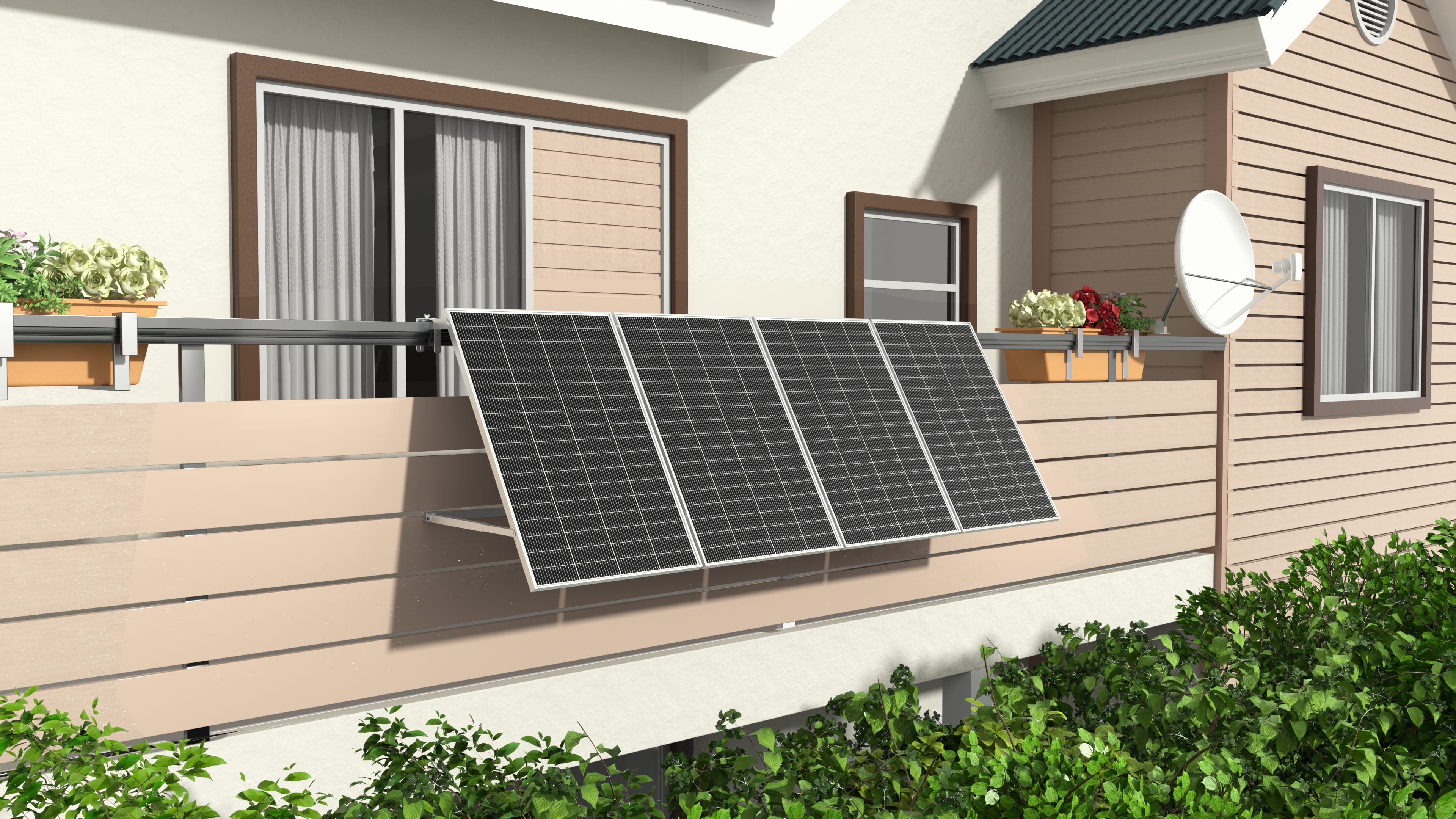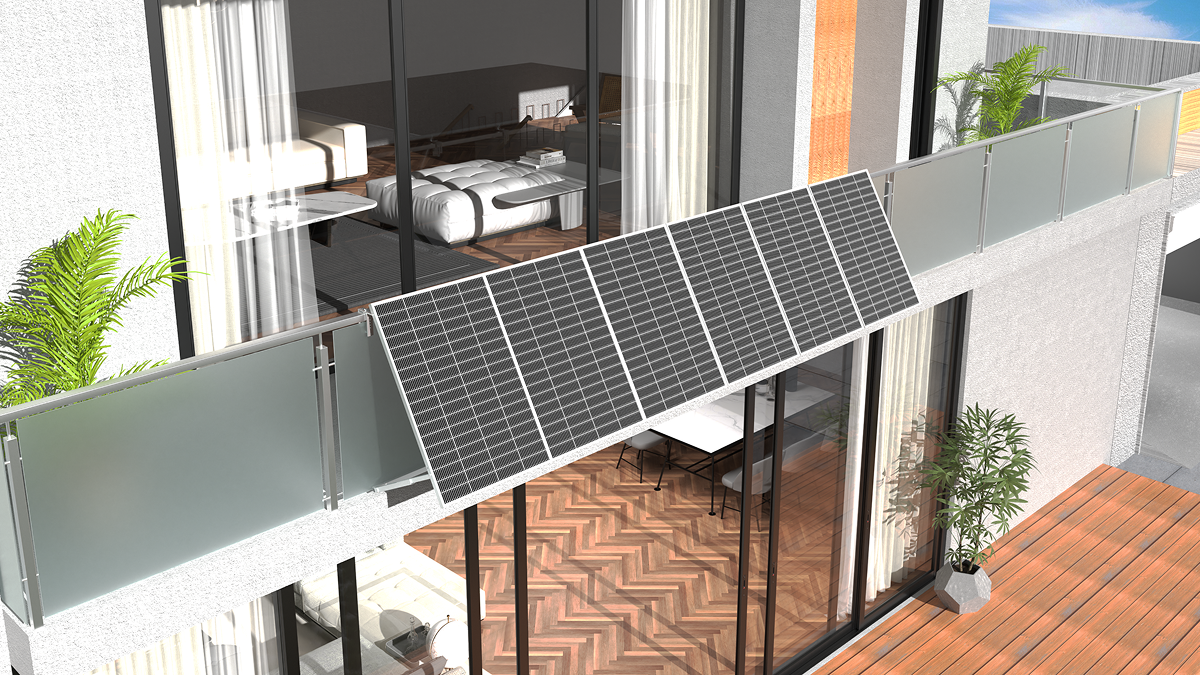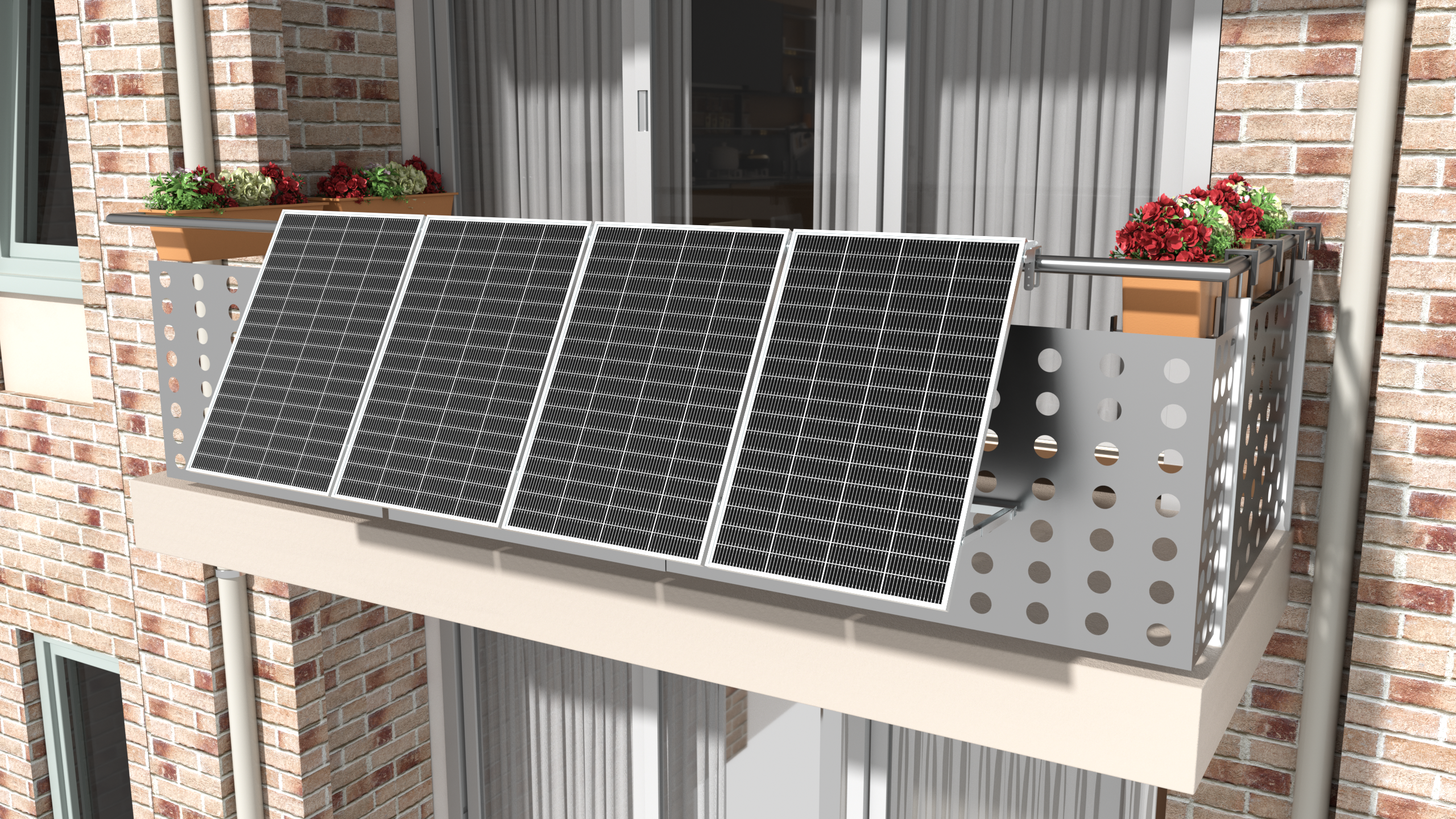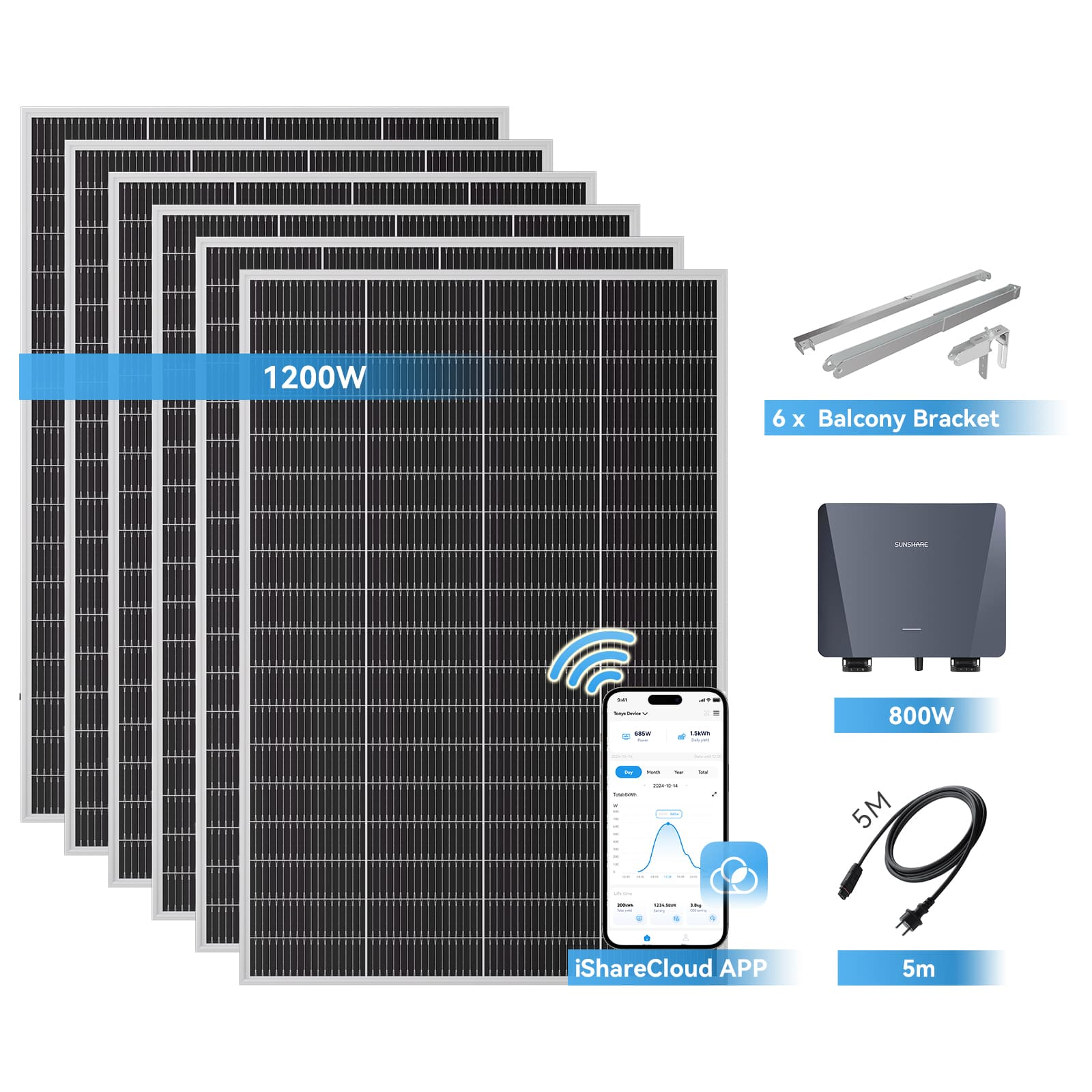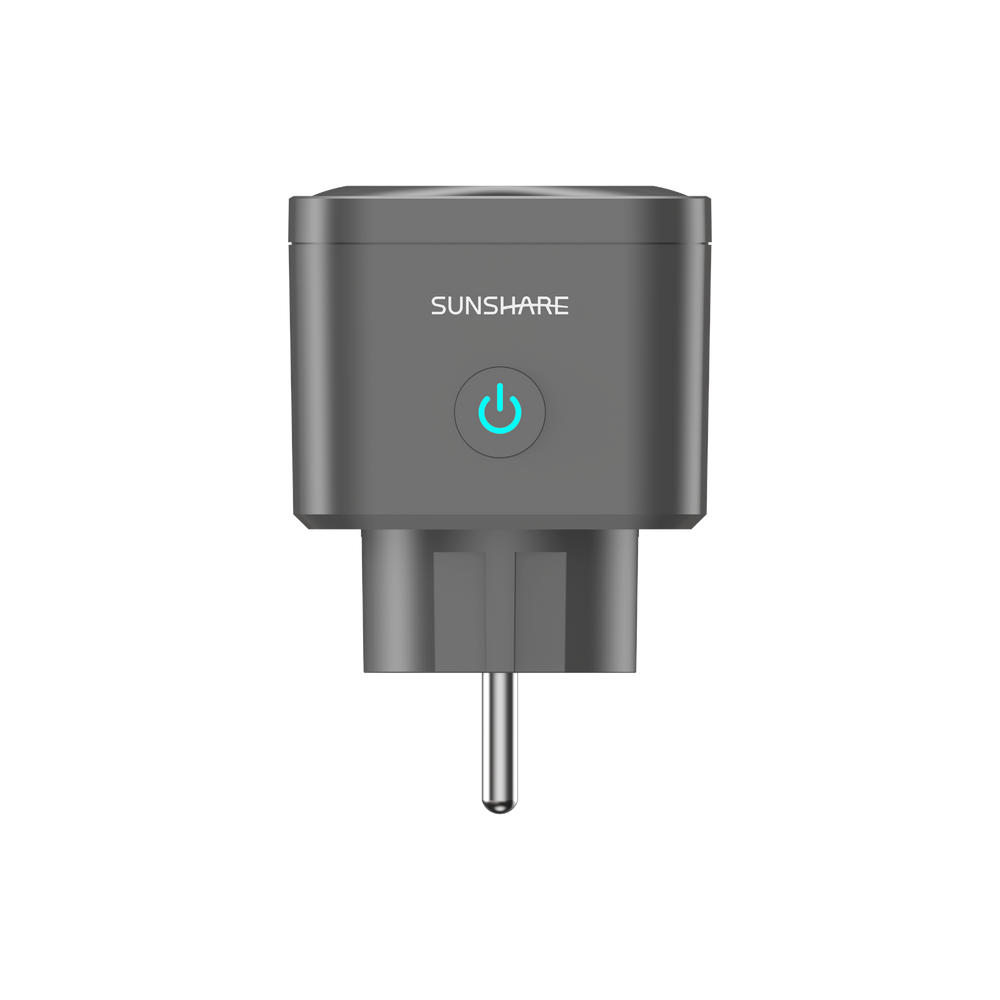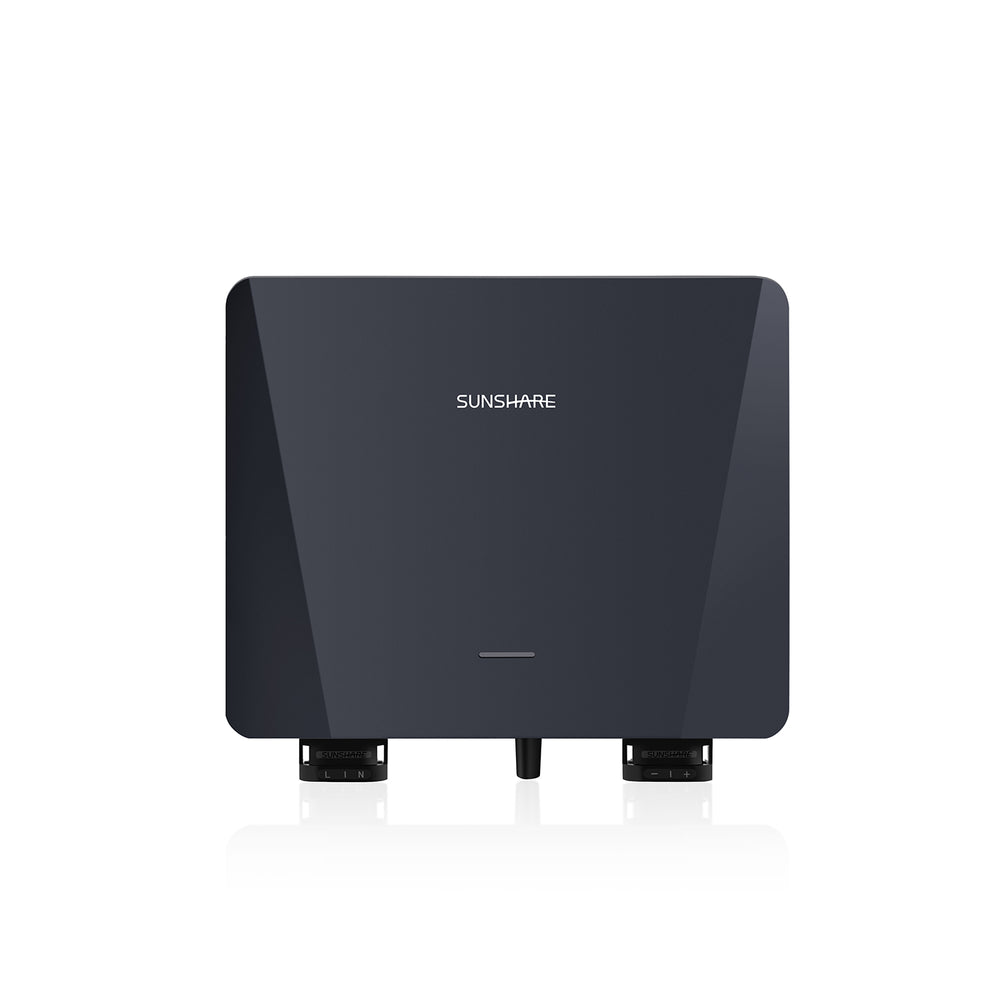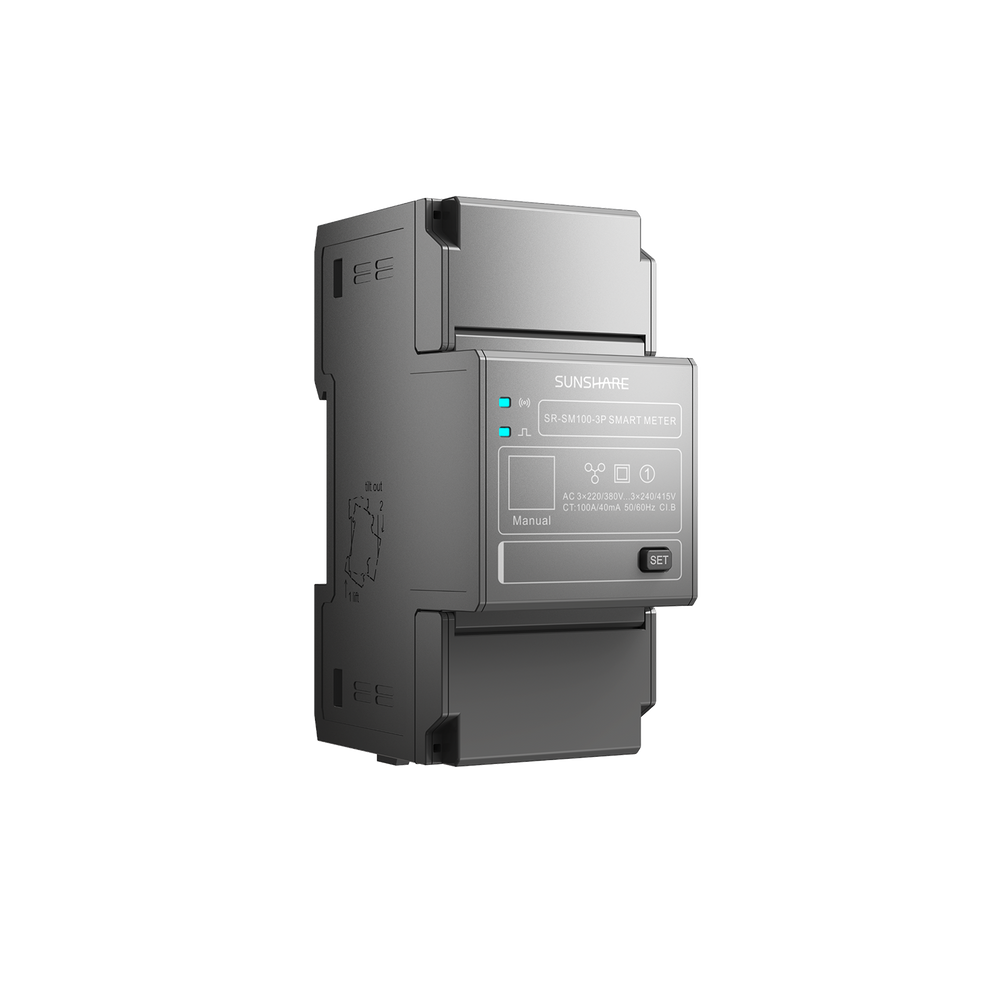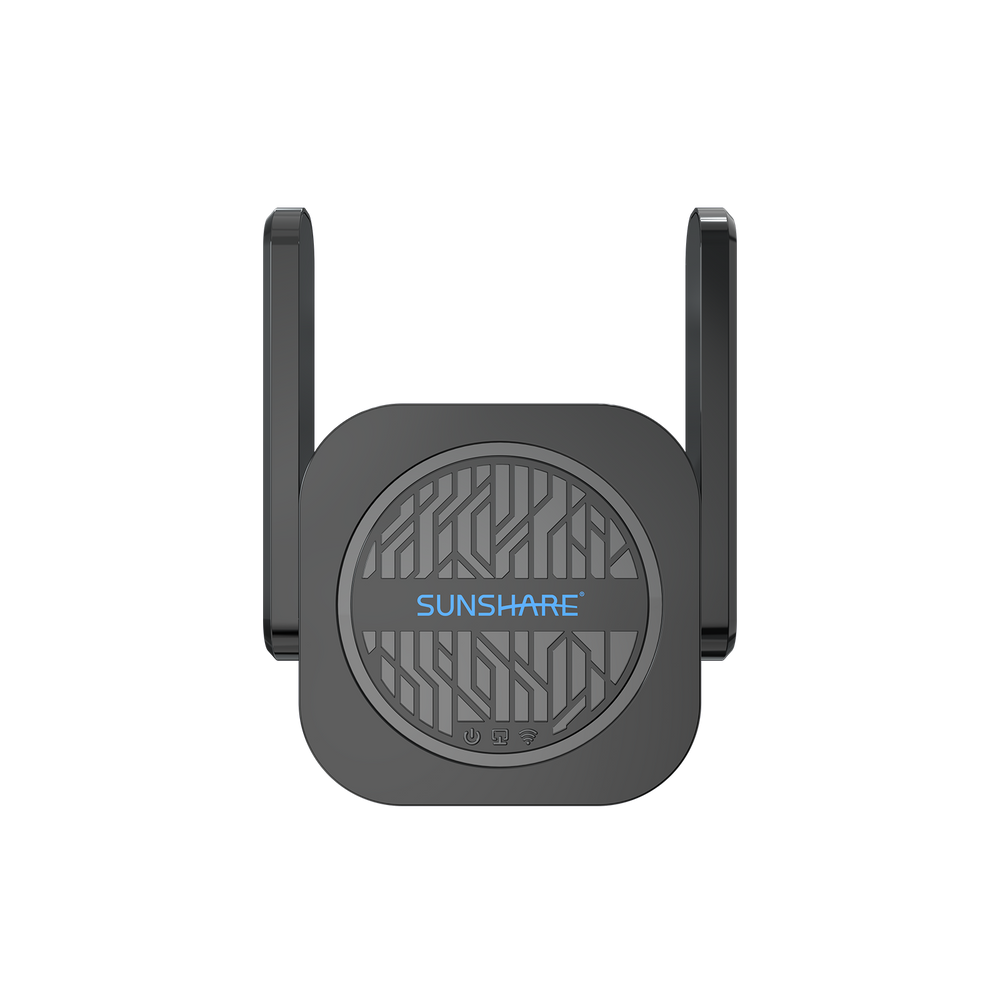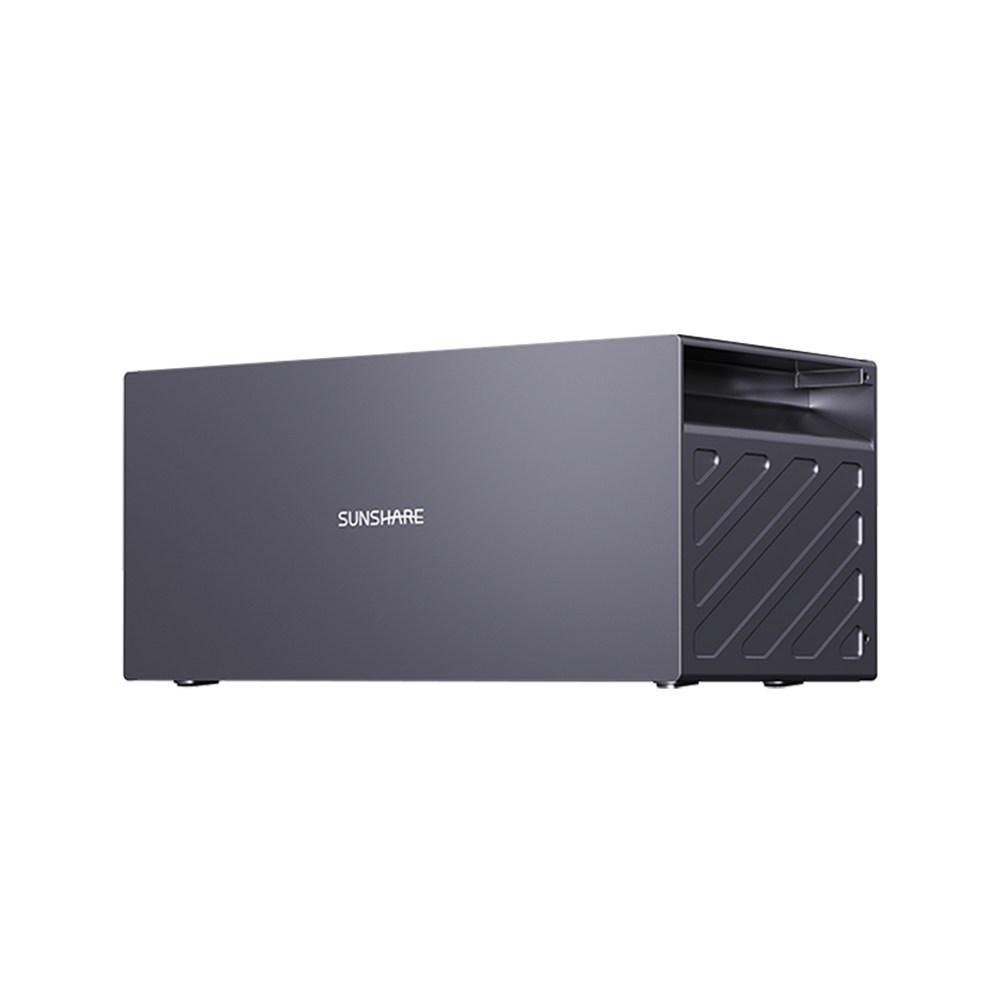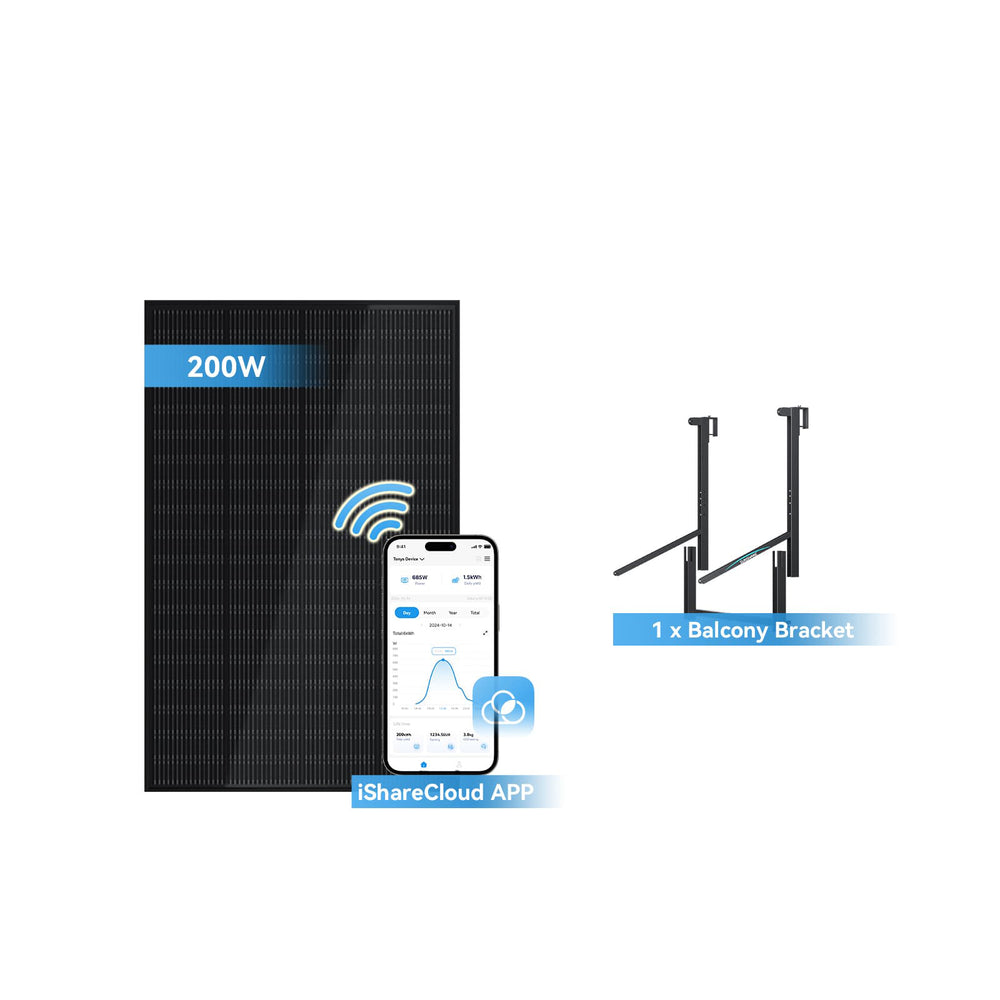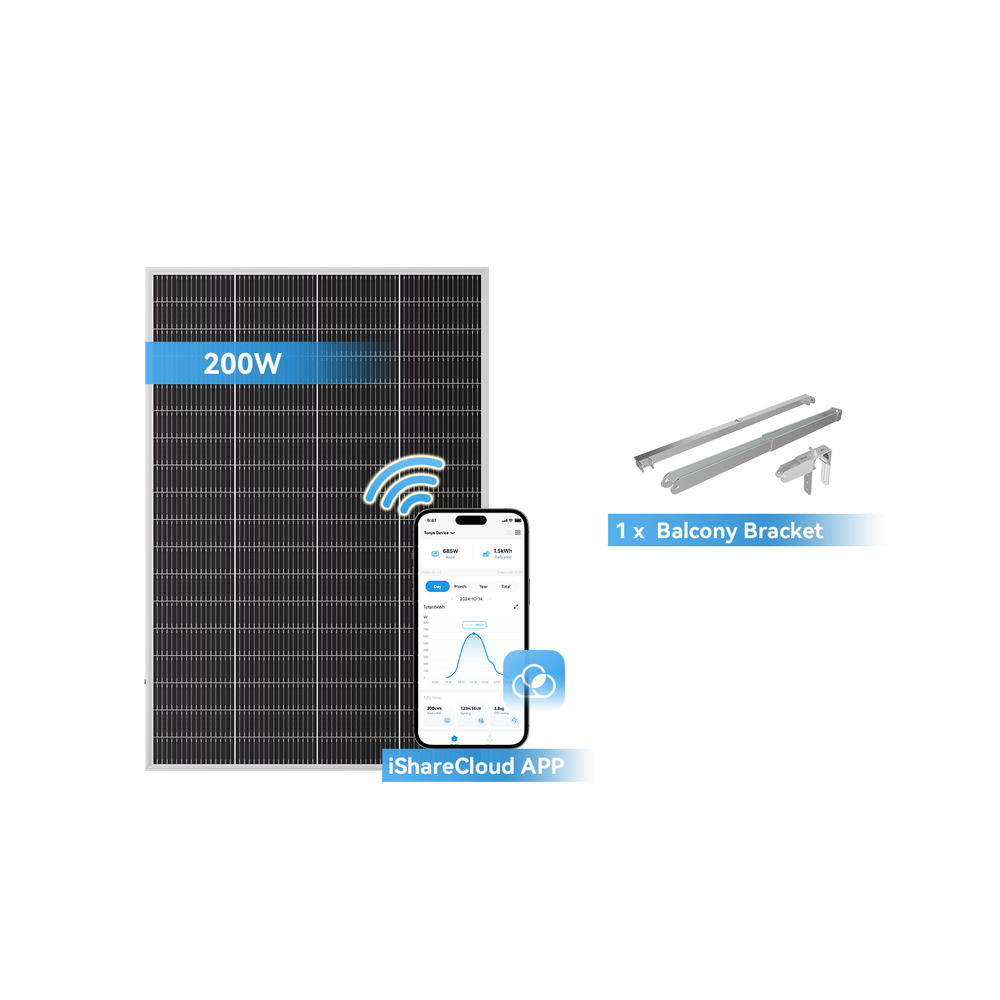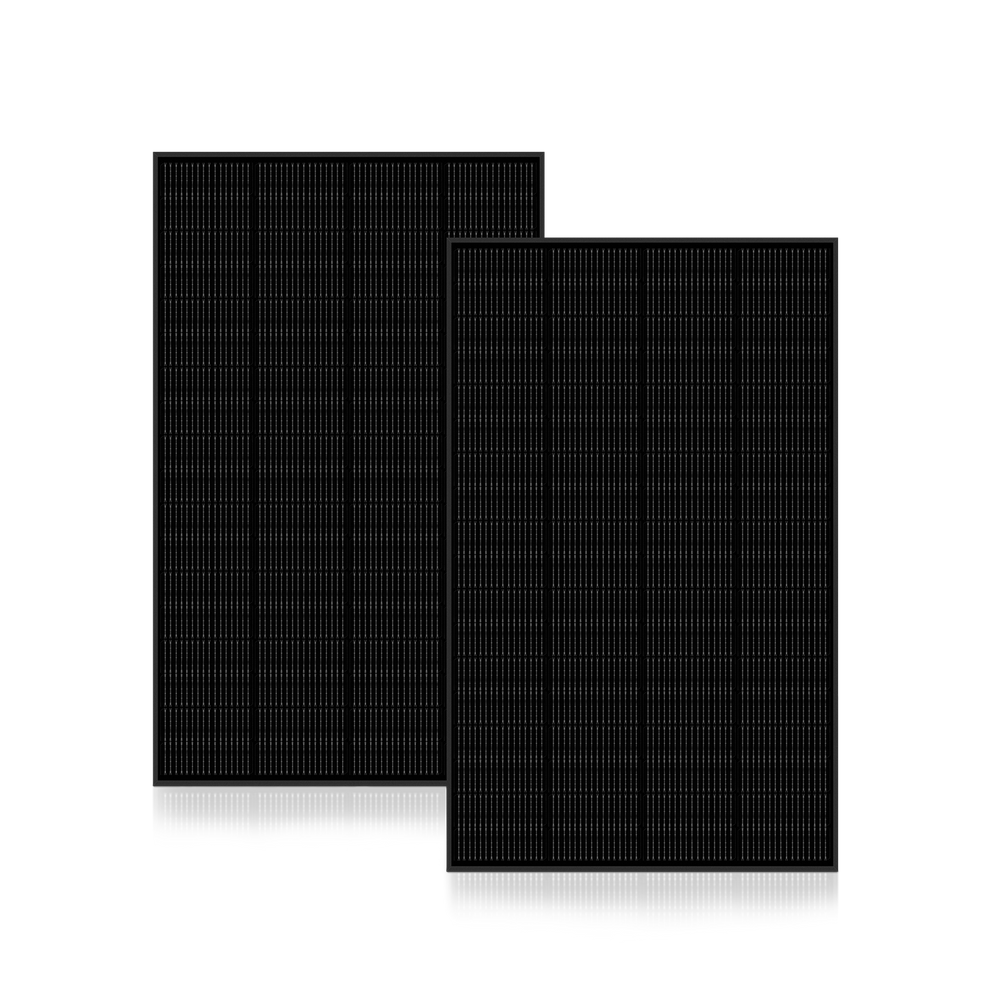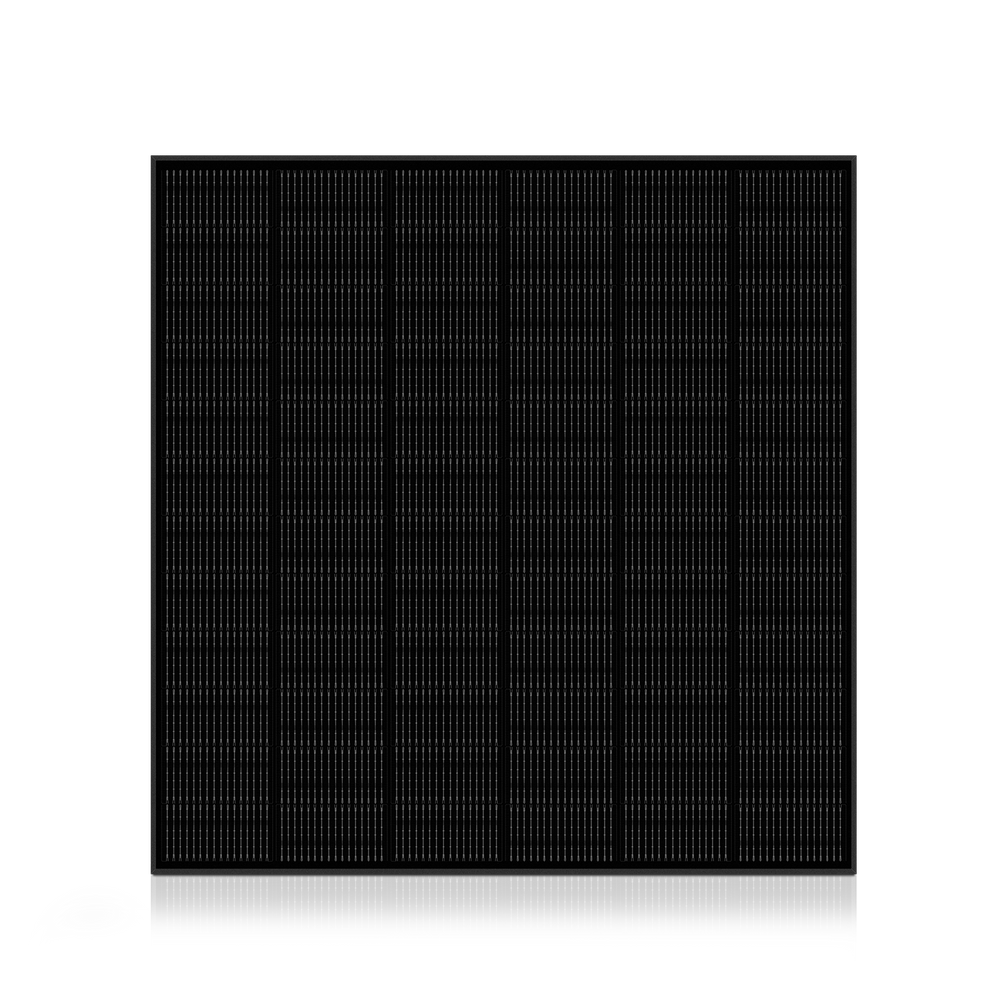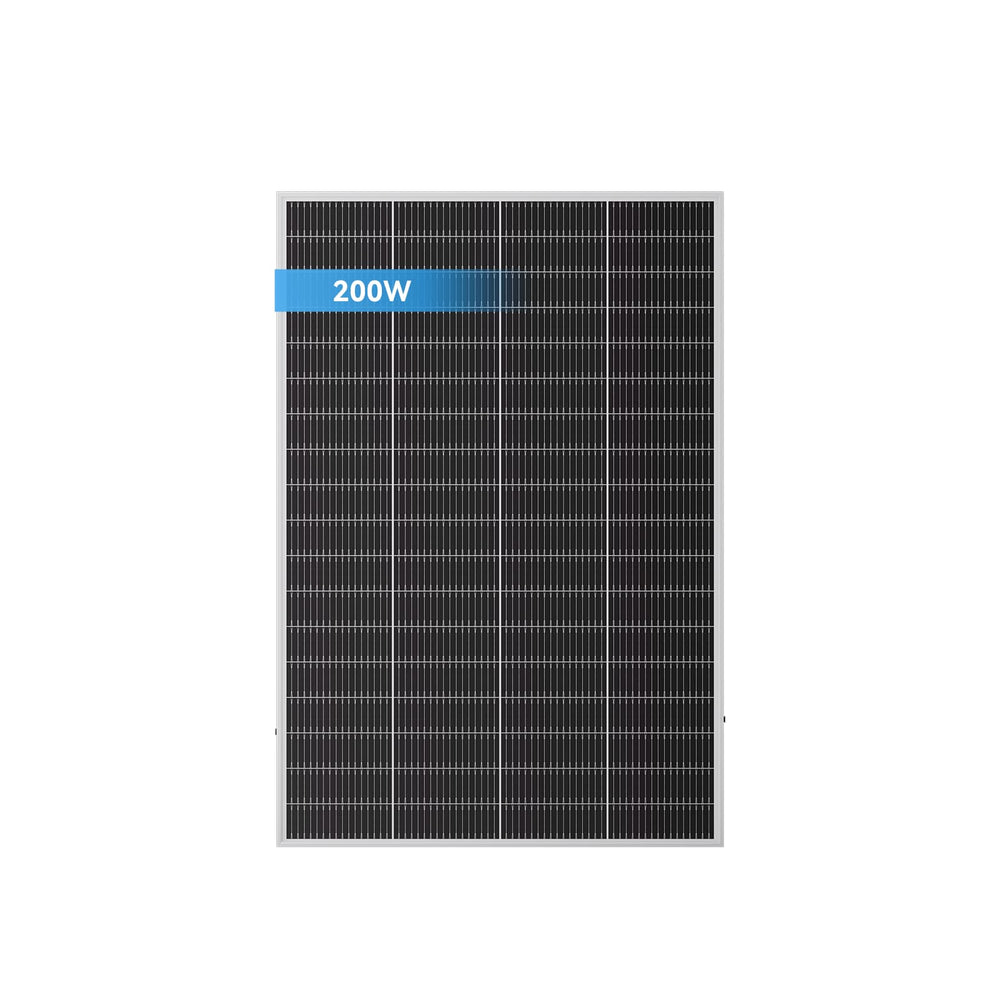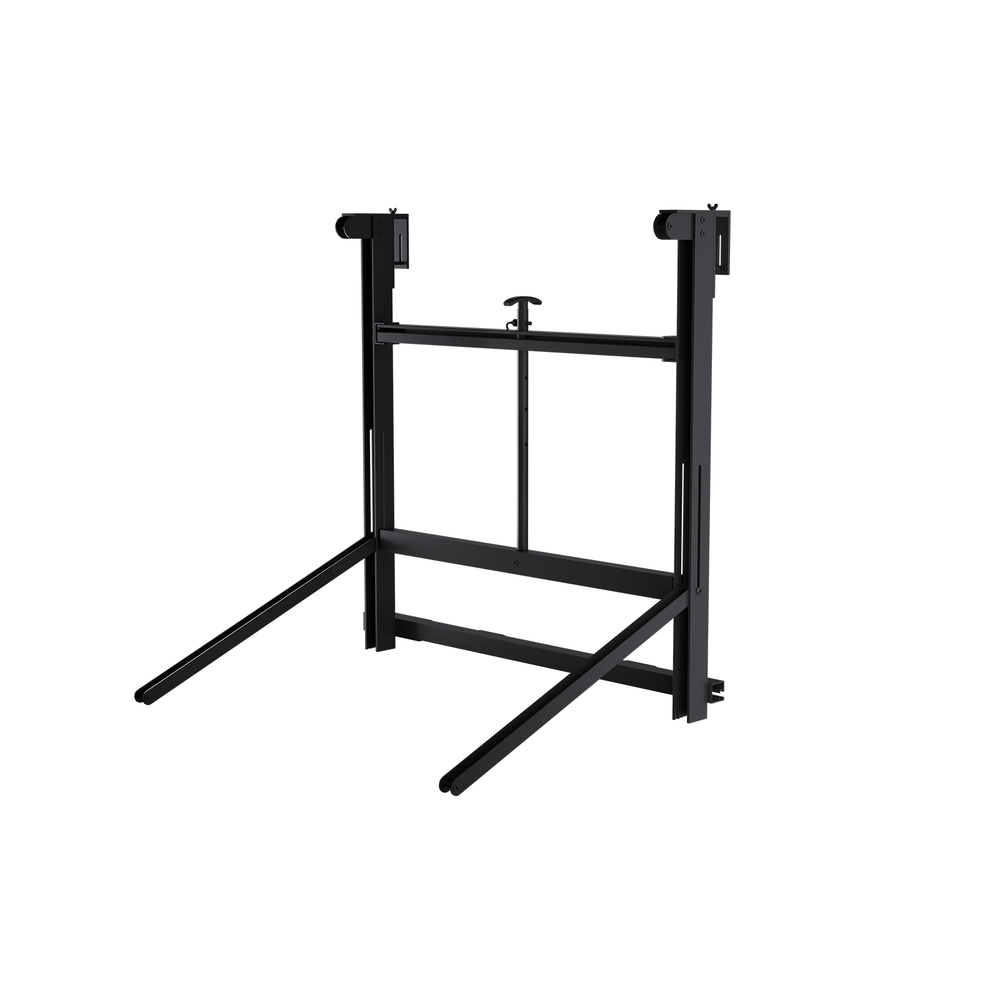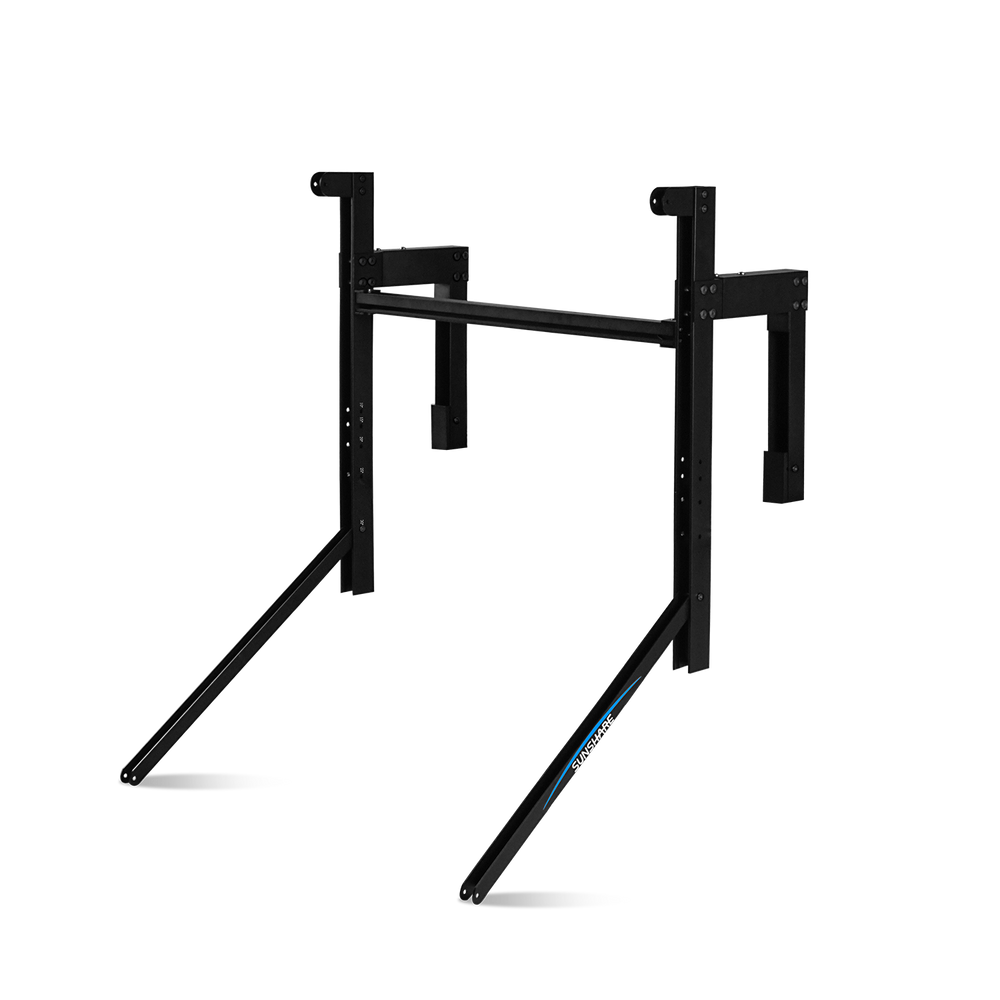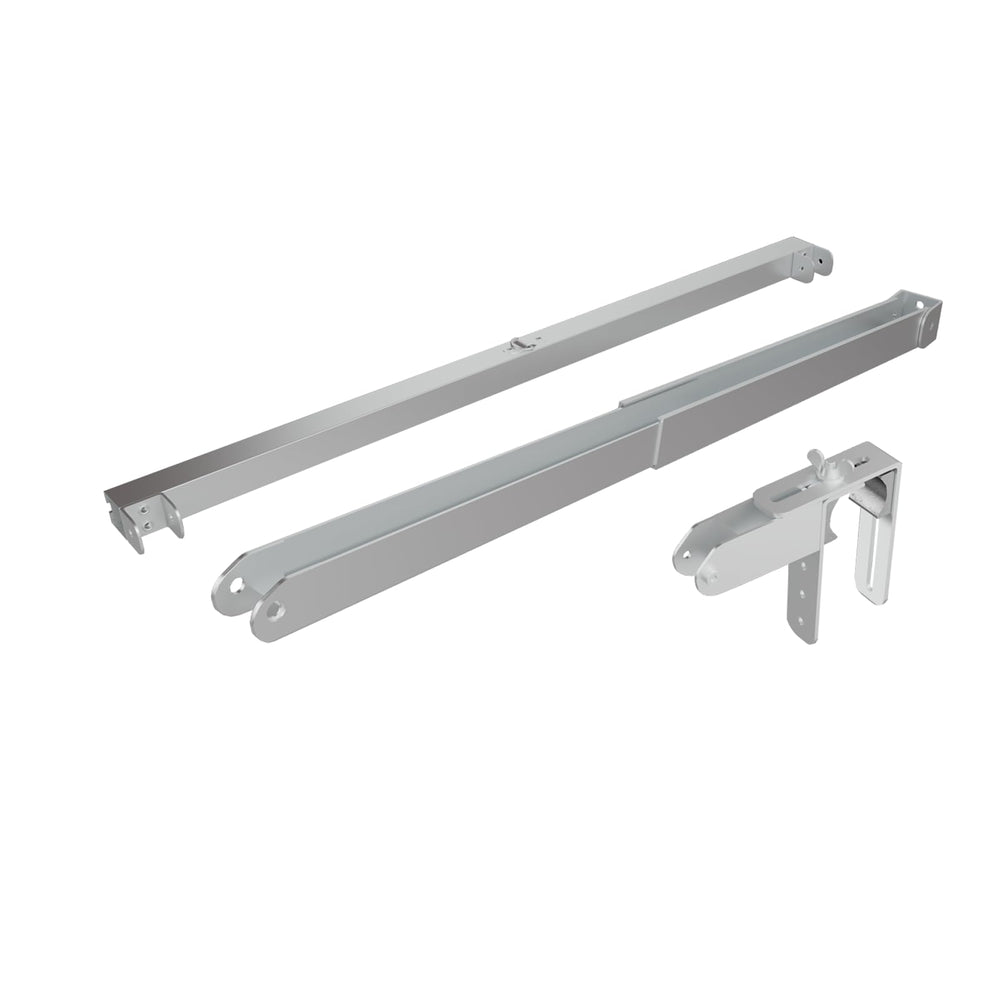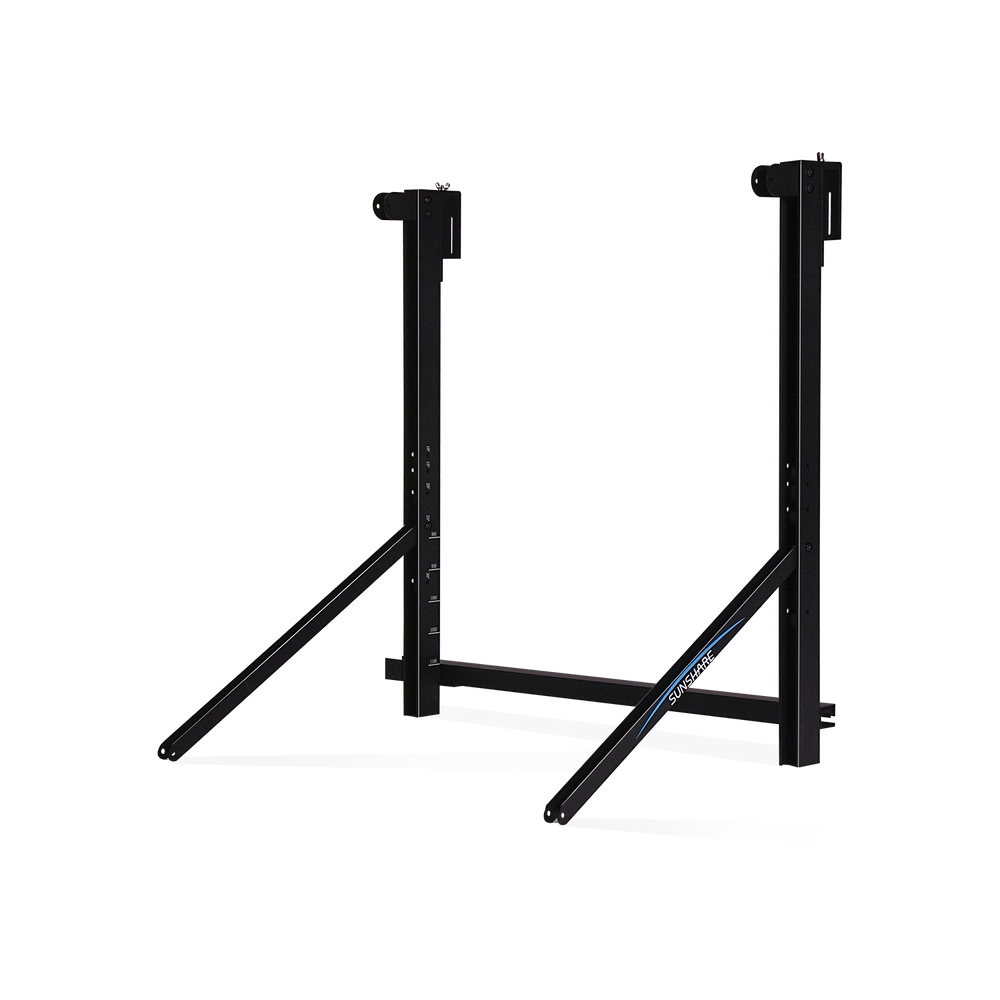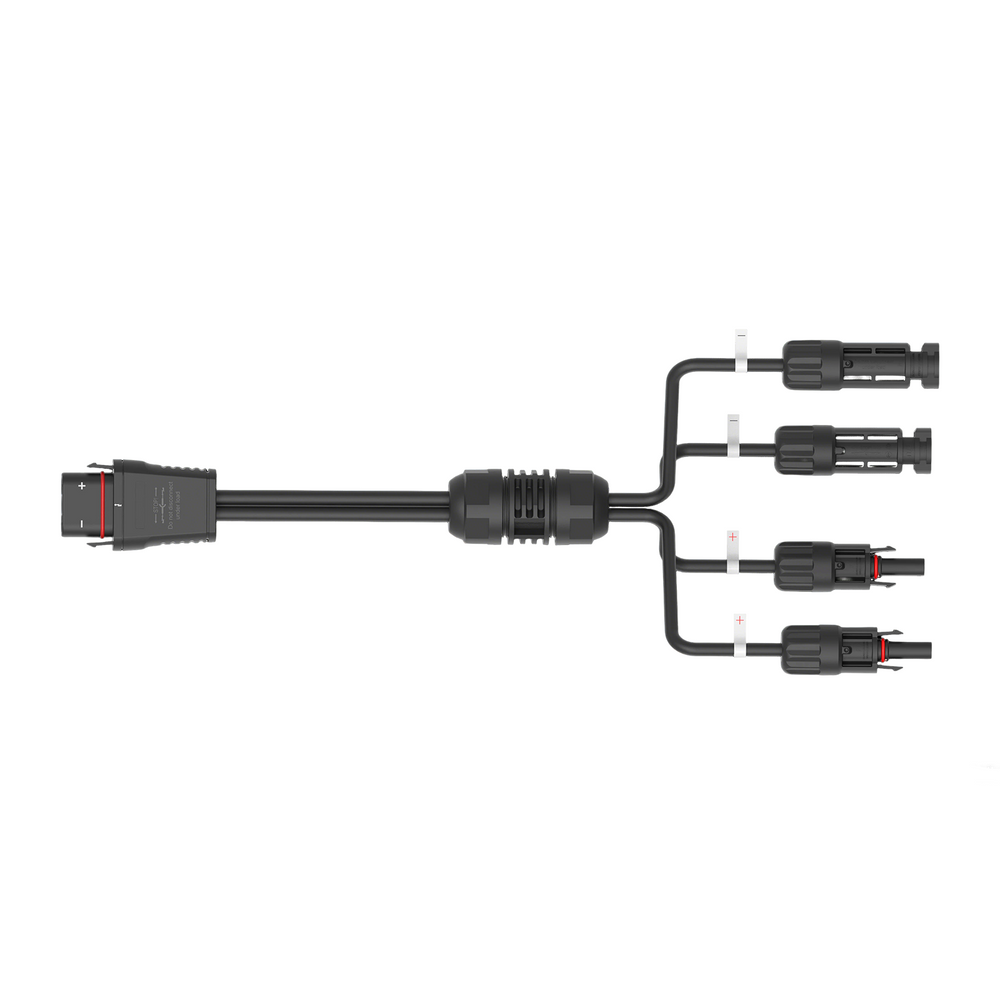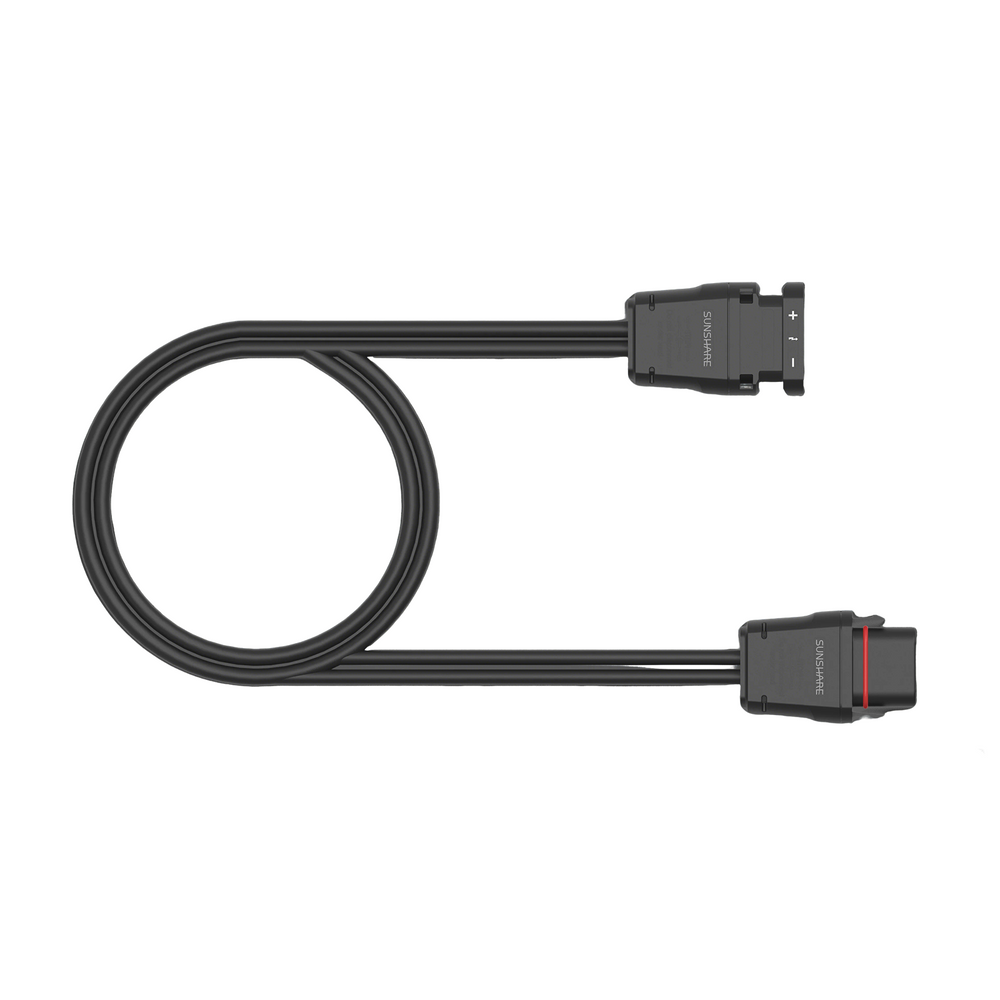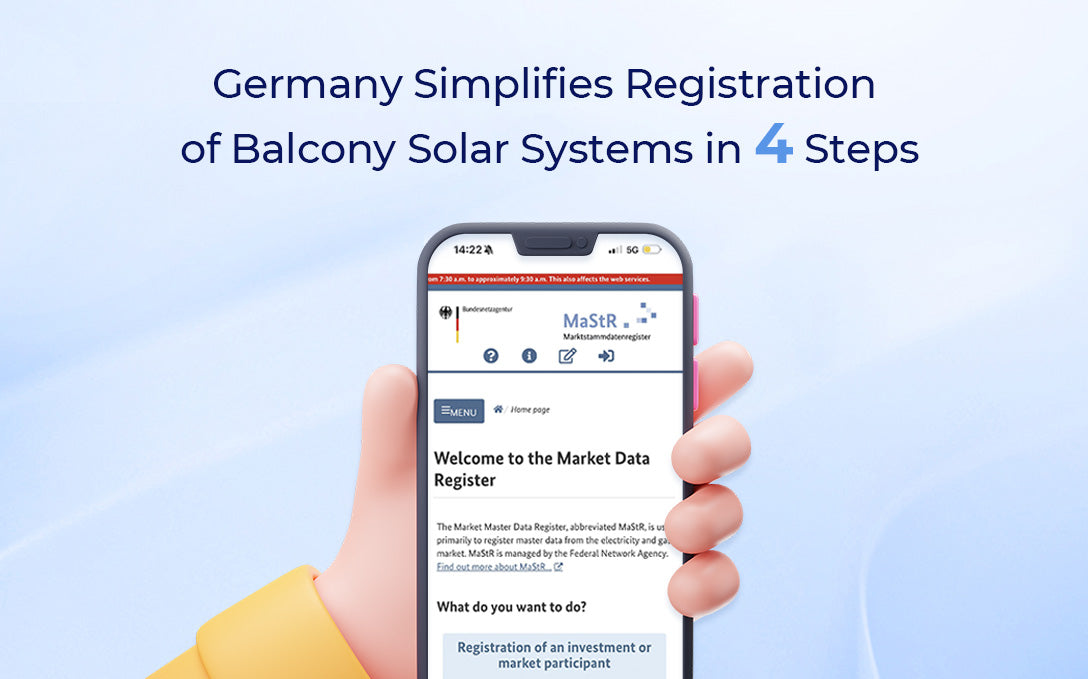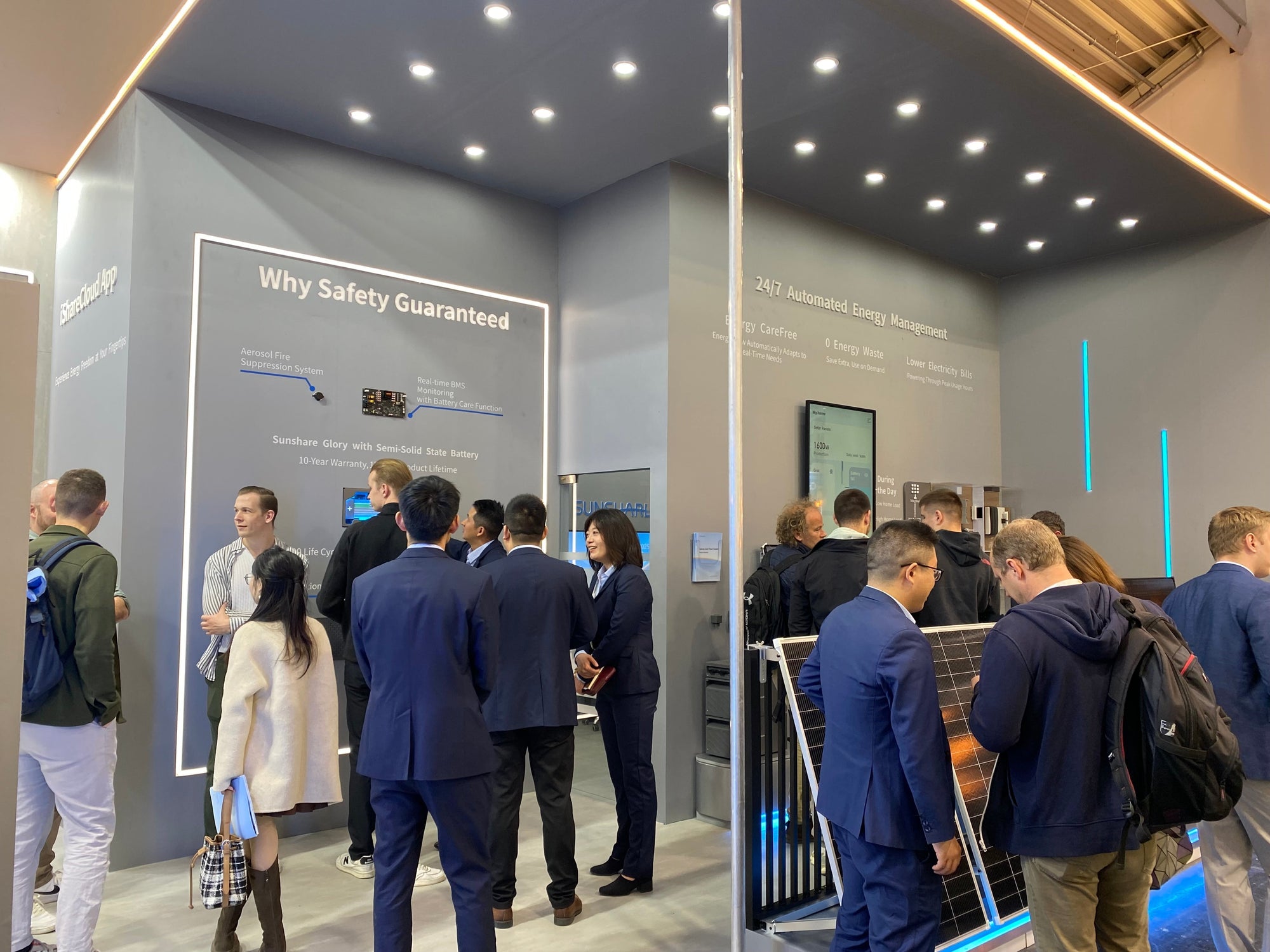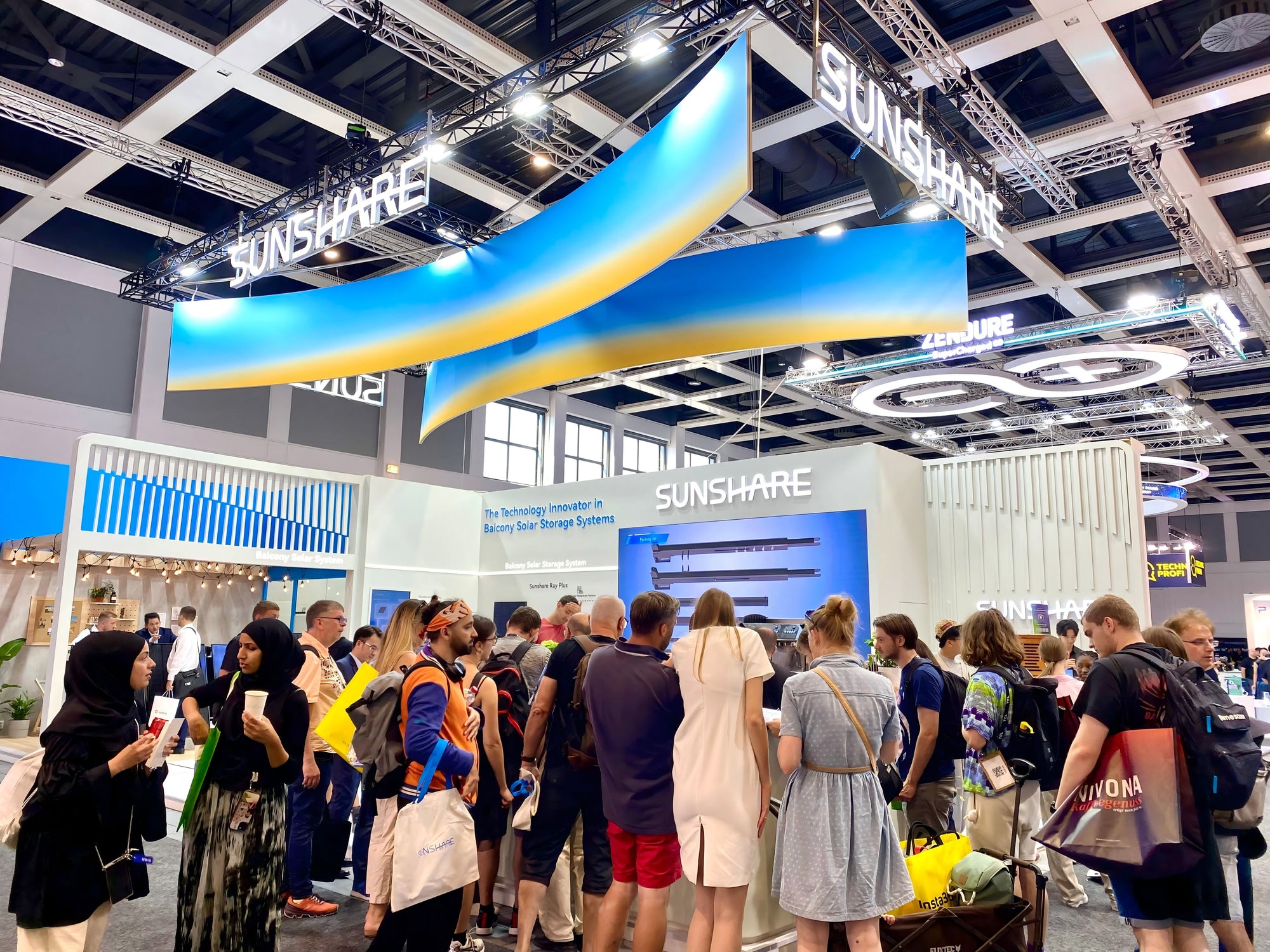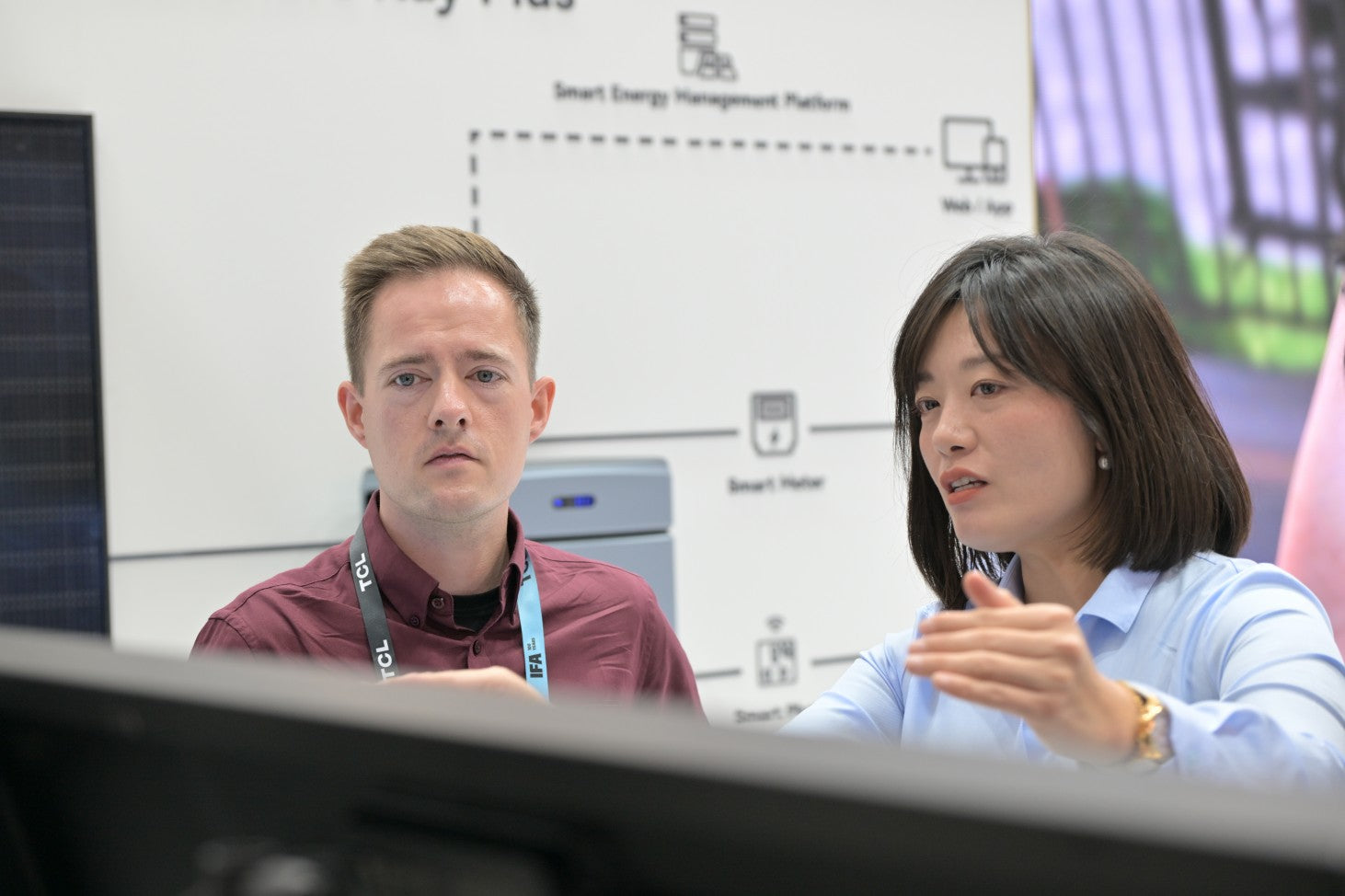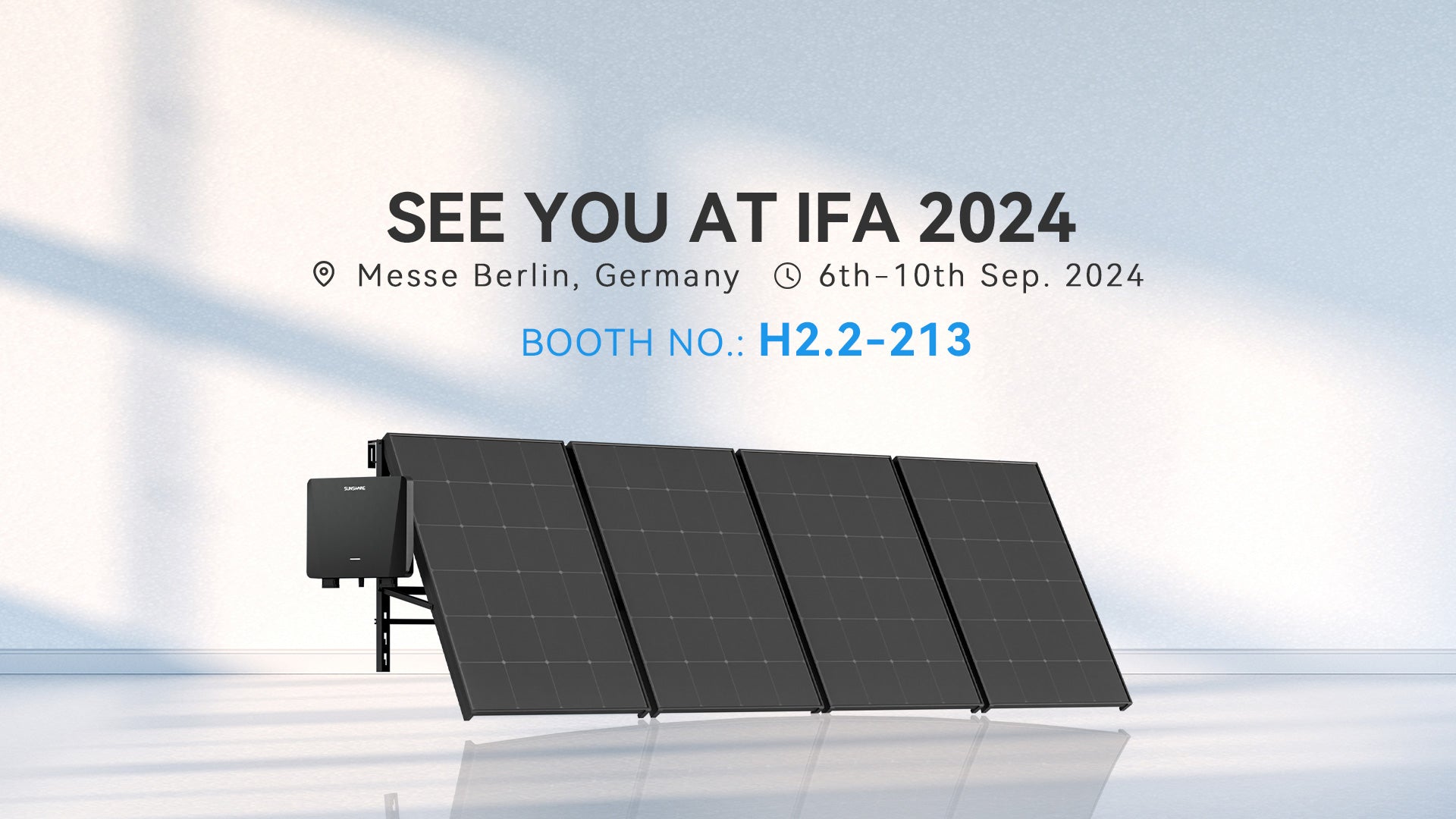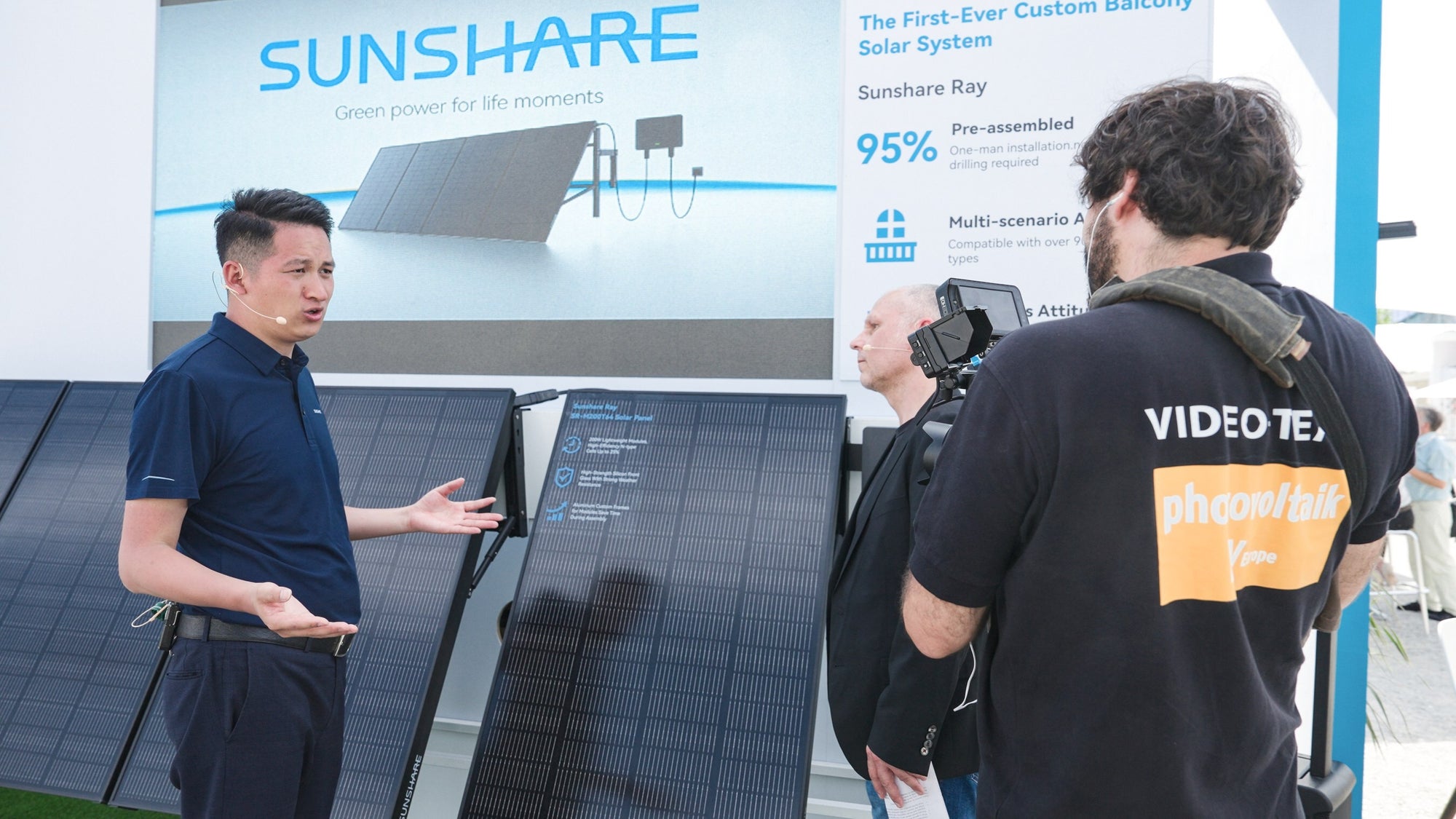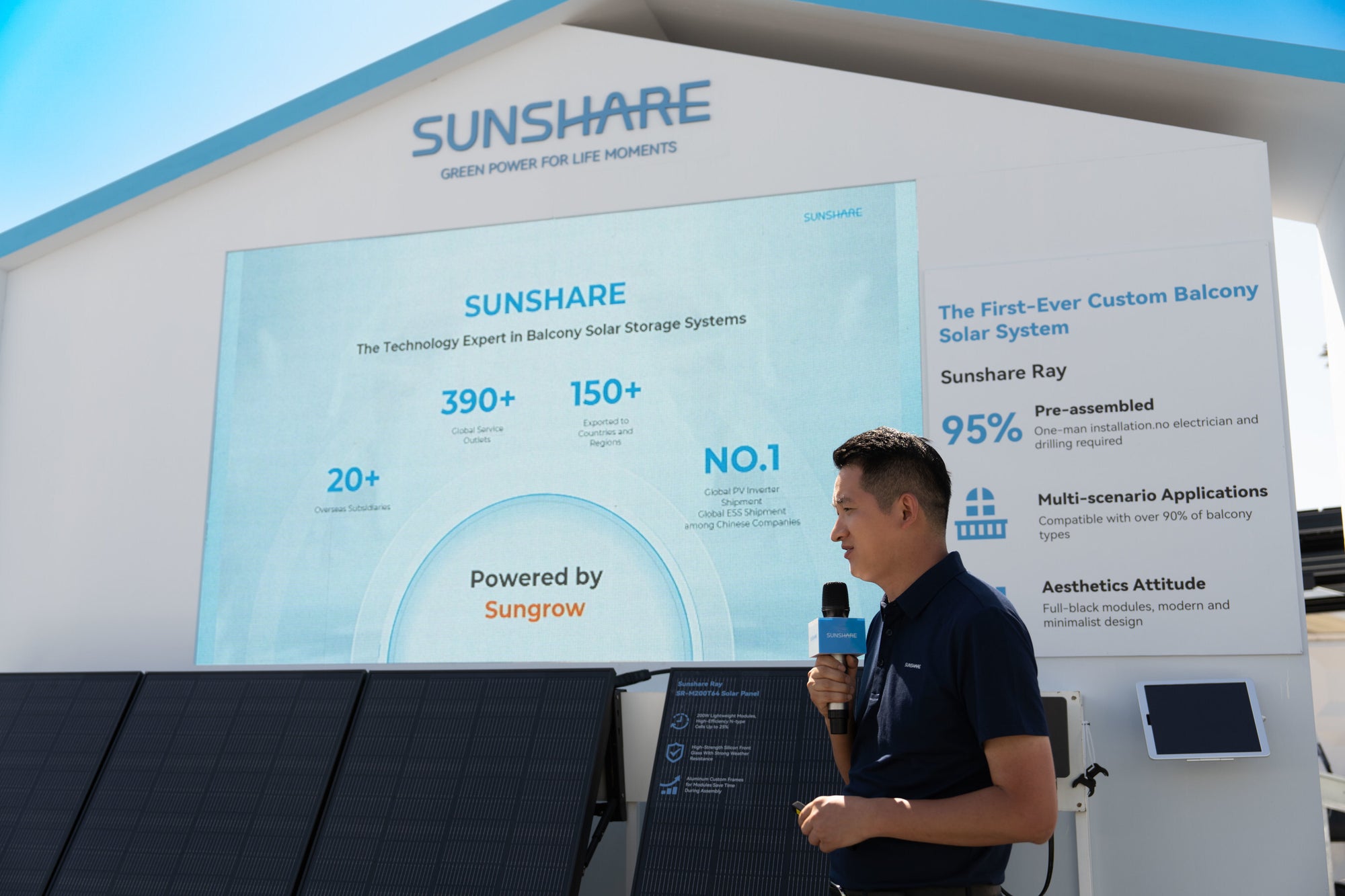How German Government Policies Are Empowering Balcony Solar Power Adoption?

Crossing the One Million Mark: A Milestone for Clean Energy
Germany has hit a major benchmark: as of early June 2025, more than one million plug-in balcony solar power systems (Balkonkraftwerke) have been registered—doubling the figure from just a year ago. Between January and April 2025 alone, around 135,000 new systems were installed, contributing 53.4 MW of distributed solar power capacity. These numbers reflect not just a technological fad but a rapid democratization of energy, putting micro-generation in the hands of apartment dwellers and renters who traditionally had no access to rooftop installations.
This scale-up signifies more than just numbers—it represents a shift in urban power models. With each mini solar panel system installed, cities collectively generate more localized solar power, alleviating pressure on large-scale infrastructure and improving grid resilience.
Expanding User Demographics
The success of the balcony solar system model has also diversified its adopters. What started primarily with environmentally conscious renters is now being embraced by senior citizens looking to cut utility costs, young professionals in city apartments, and even students who want an eco-friendly lifestyle. Many residents of high-rise buildings with shield balconies or concrete balconies are now turning to plug-and-play kits like Sunshare Ray, designed for easy mounting without structural modifications.
Toward a Distributed & Resilient Urban Grid
The decentralized surge of balcony solar kits brings both opportunities and challenges for power distribution networks:
• Bidirectional energy flow: With solar power flowing into the household grid, conventional one-way meter designs are being supplemented or replaced. Germany’s shift to live reporting and the ongoing transition to bidirectional digital meters reflect this.
• Grid stability needs: Studies show a growing concentration of mini distributed energy resources (DERs) in dense urban areas necessitates smarter voltage control, grid-connected micro-inverter standards, and potentially local energy storage to ensure reliability.
• User behavior impact: Balcony solar system users typically run appliances like washing machines or dishwashers during daylight hours—aligning consumption with generation and reducing stress on afternoon peak loads.
Technology Meets Policy
Government support has kept pace with technical innovation. Through regulatory updates like Solar Packet I, the state actively facilitates a smoother path from purchase to operation. Now, users only need to report five basic data fields when registering their balcony solar kits with the Bundesnetzagentur. Plug-and-play standards have even removed the need for electrician-certified installation for systems below 800W.
Europe Takes Notice: Exporting the Balcony Solar Revolution
Germany isn't alone. Spain, Italy, Poland, and France are now following its lead. Spain, for instance, has already installed some 1.5 million balcony solar systems, illustrating how rental-heavy markets embrace this low-barrier technology.
Where rooftop installations often require co-owner consensus or heritage permits, balcony solar power bypasses these hurdles—especially effective in regions with tight tenancy laws. Furthermore, EU-wide renewable targets—like Germany’s mandate to reach 80% renewables by 2030—are being advanced through local empowerment tools like plug-in solar panel systems.
Standardization Across the EU
To harmonize growth, the EU Commission is currently considering a continent-wide directive to define installation and product standards for plug-in solar systems. This includes technical interoperability, safety norms, and even smart metering regulations, laying the foundation for a unified European solar solutions market.
The Role of Innovation: How Sunshare Ray Leads the Charge
This boom is only possible due to product excellence—Sunshare Ray is a perfect example. With over €280 off during promotional periods, DIY-ready, TÜV-certified, and smartphone-enabled through the iShareCloud app, it represents the ideal plug-and-play solar solution. Adjusting from 0° to 30° ensures high energy yield throughout the seasons—ideal in urban contexts where shading and orientation vary.
Consumer testimonials highlight quick and clean assemblies on concrete or shield balconies, confirming the minimalist design ethos behind Sunshare Ray. These thoughtful innovations reflect how user-centric solar panel systems can bridge the policy-to-practice gap—making energy transition something every renter can access.
App-Driven Energy Monitoring
The integrated iShareCloud platform not only tracks real-time energy output, but also provides efficiency optimization tips. It notifies users during peak sunlight hours or alerts them when energy generation drops below average due to weather conditions. Future updates aim to sync with smart home systems, giving users more control over appliance usage based on solar power input.
Lessons Learned & Future Outlook
Germany’s balcony solar power revolution offers several universal lessons:
- Policy matters – Solar Packet I, combined with VDE standards and tenant protections, dismantled barriers and unlocked a renewable gold mine.
- Scale over sheer size – Individual systems may be small, but collectively they represent a meaningful boost to urban solar energy infrastructure.
- Smart grid synergy – Micro PV growth pushes network upgrades toward flexible, intelligent, decentralized architectures.
- Replication potential – Even outside Germany, similar models and regulations could enable mass residential solar power deployment—especially in rental-centric cities.
Incentivizing Future Growth
Looking forward, the German government is exploring tax deductions for plug-in solar panel systems under €1,000, targeting low-income households. Simultaneously, utility companies are piloting dynamic tariffs that offer higher buyback rates for surplus solar-fed energy during grid stress, further motivating adoption.
Community Empowerment through Solar Collectives
An emerging trend is the rise of local energy cooperatives formed by neighbors sharing a common building. These solar collectives pool funds to purchase multiple balcony solar kits, often gaining bulk discounts and faster installations. By linking multiple systems through smart microgrids and the iShareCloud network, residents are not only achieving individual savings but also co-owning a communal power solution.
Such peer-based models foster stronger local engagement, carbon awareness, and even skill development, as residents learn to monitor and troubleshoot their systems together. This bottom-up model amplifies the impact of national policy, turning urban neighborhoods into decentralized solar power hubs.
Final Word
From balcony solar power to neighborhood microgrids, Germany’s Energiewende continues to teach—but more importantly, demonstrate—how energy transition can happen starting at the household level. With over a million plug-in devices installed, rising across Europe, and products like Sunshare Ray making it stylish and simple, the future of solar power is not just on rooftops—it’s in the hands of everyday people.
Want to transform your balcony into a clean energy “power plant”?
Follow these 5 easy steps:
1. Measure your balcony & choose a Sunshare Ray system
2. Order pre-assembled kit with brackets & micro-inverter
3. Install in <10 minutes—no drilling required
4. Report to Bundesnetzagentur with five data fields
5. Plug in, monitor via iShareCloud, and start saving
From renters to homeowners, urban to suburban—balcony solar is the accessible, tangible way to participate in the renewable revolution. Let’s bring energy democracy home—one balcony at a time.


